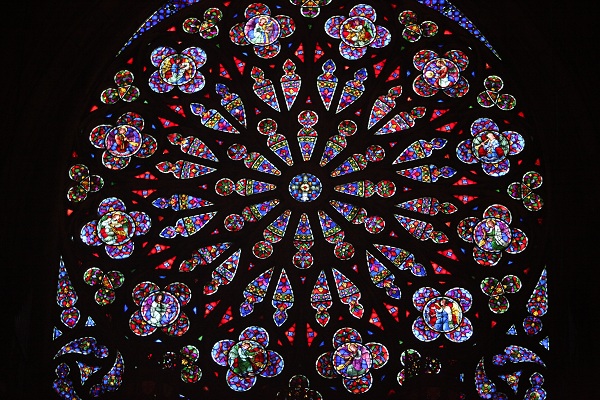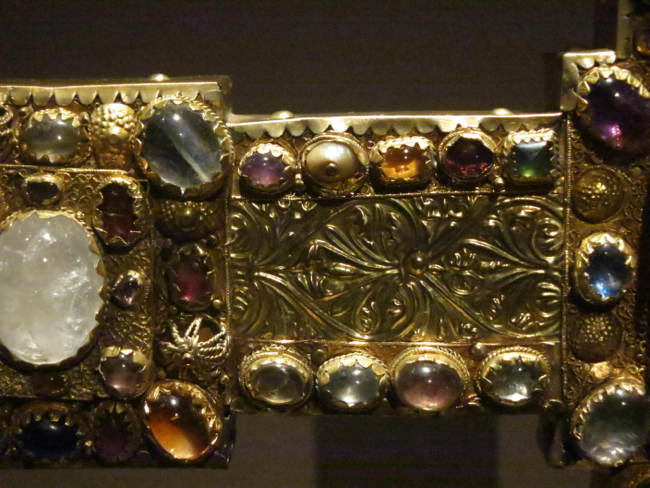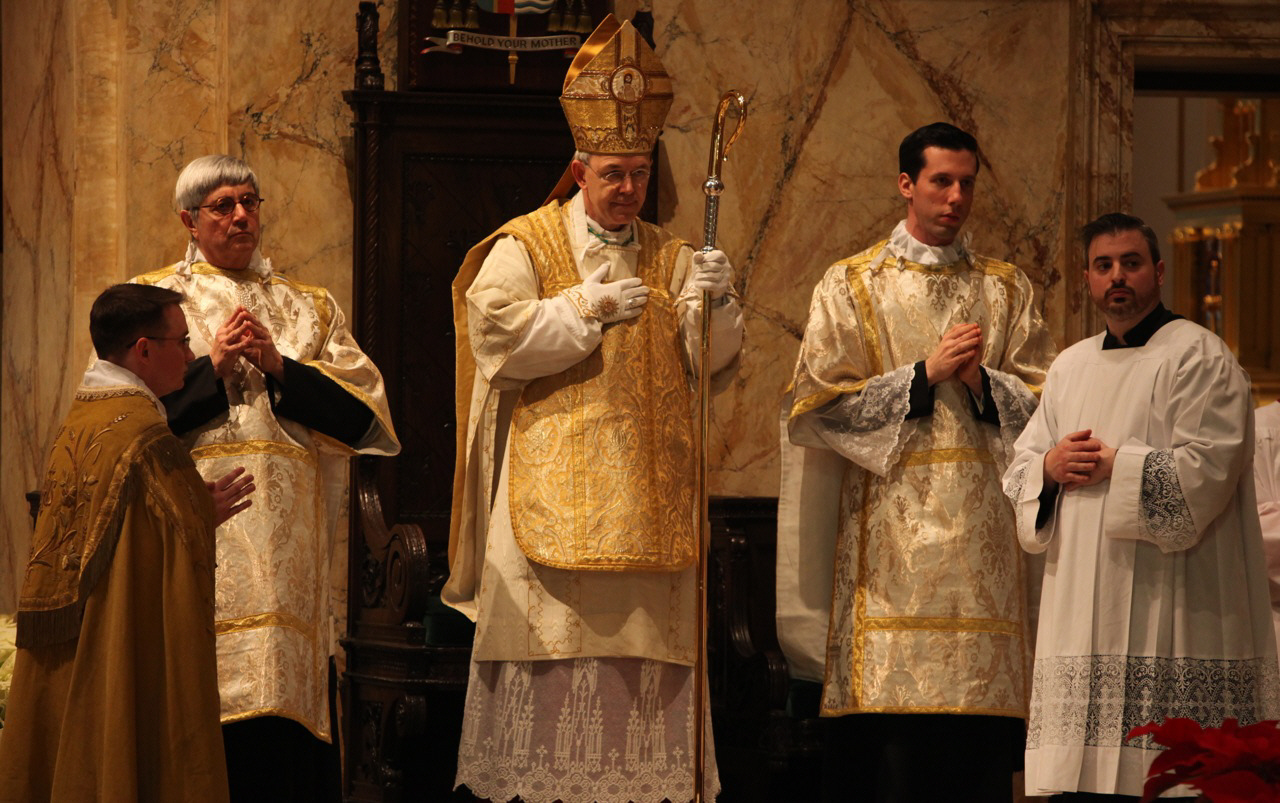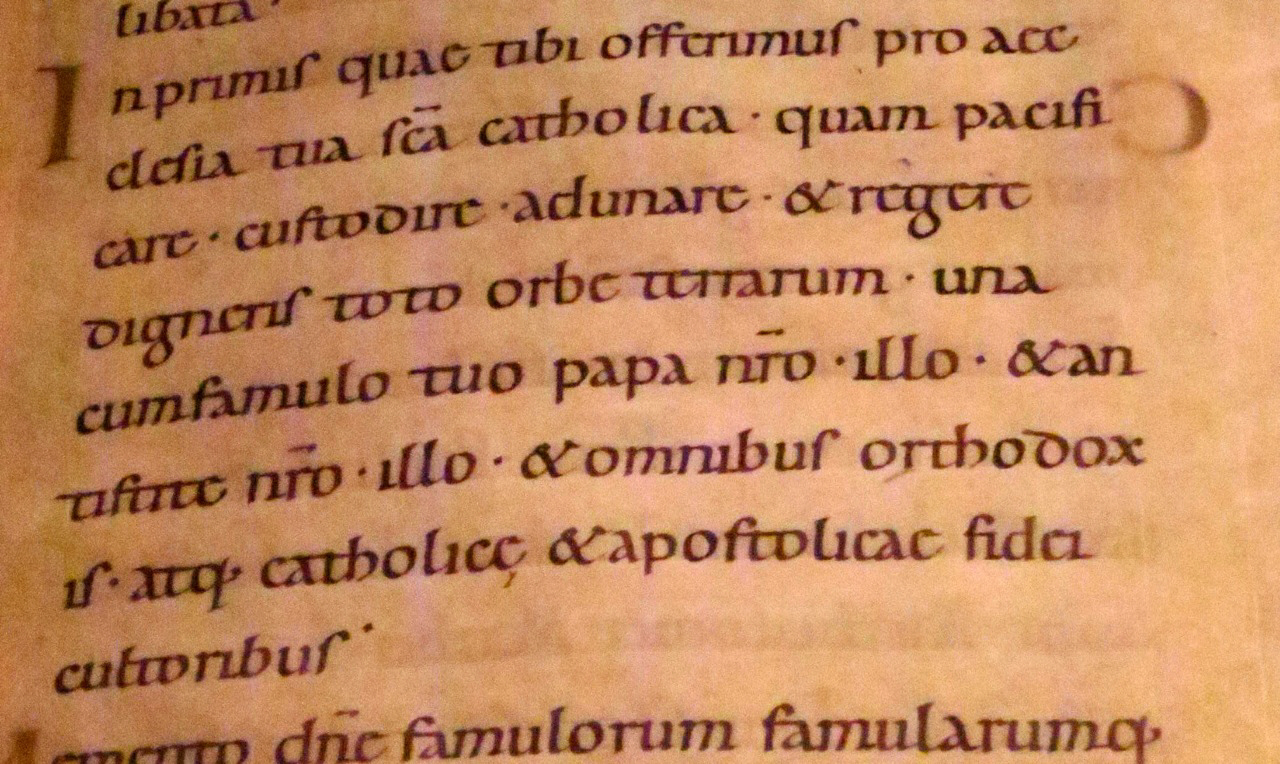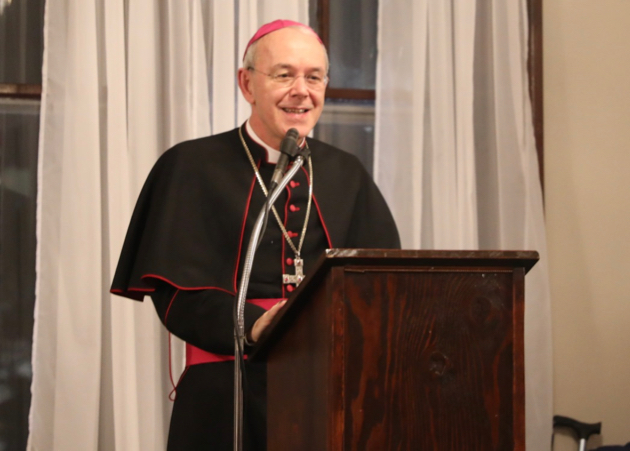
It’s off the record, on the QT, and very hush-hush… our coverage of the visit of Bishop Athanasius Schneider to Providence, Rhode Island to ordain a priest for the Fraternity of St Peter today.
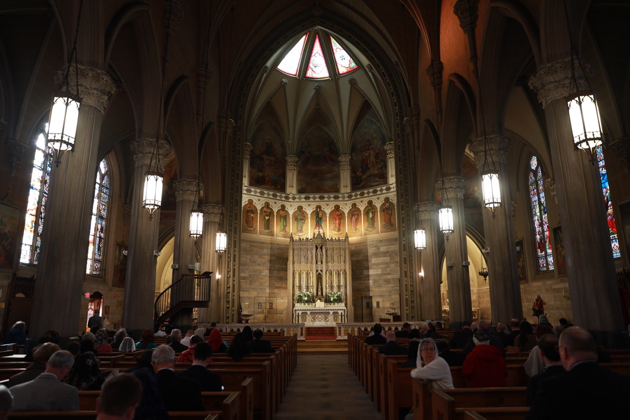
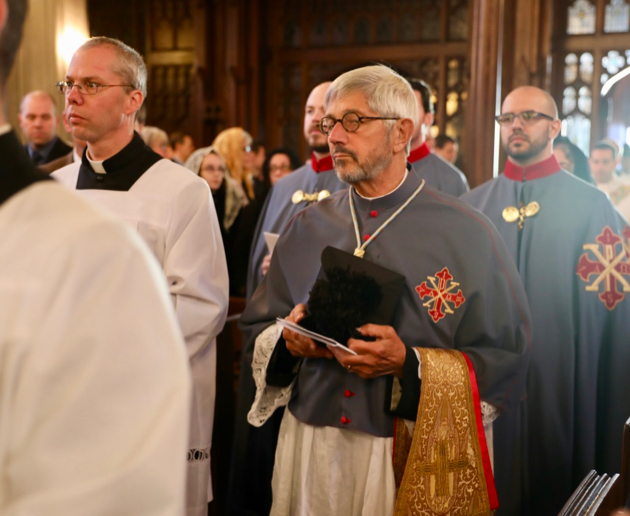
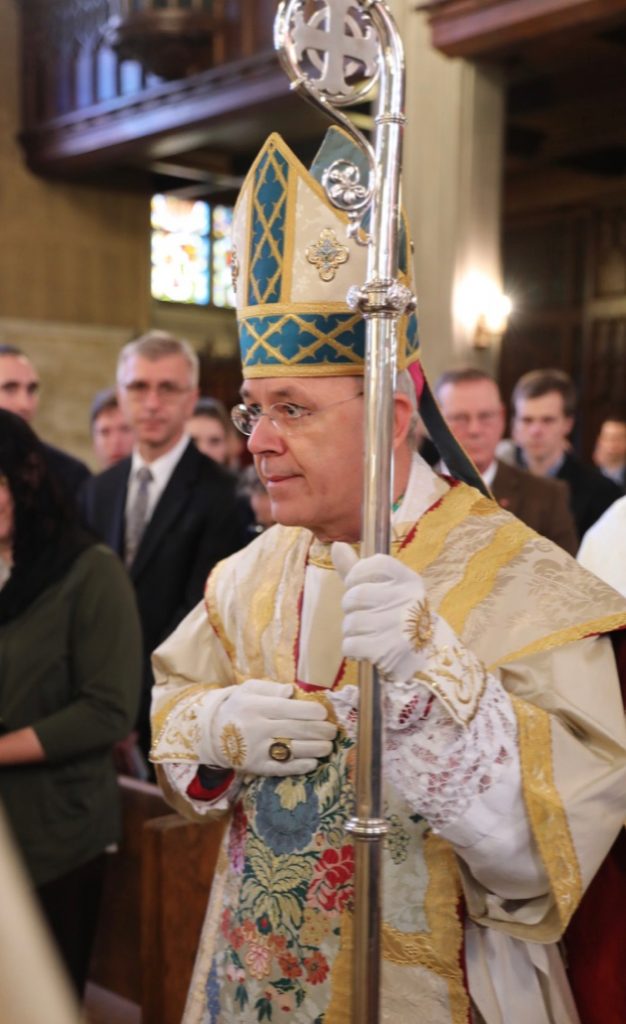
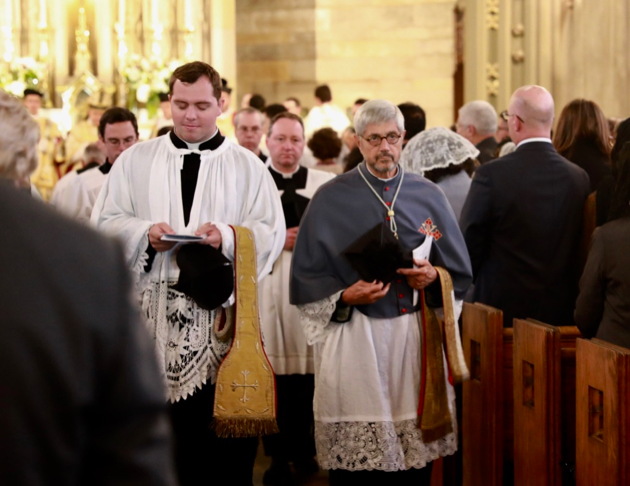
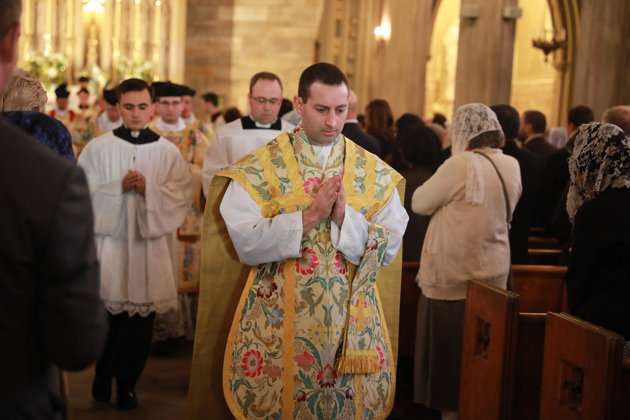
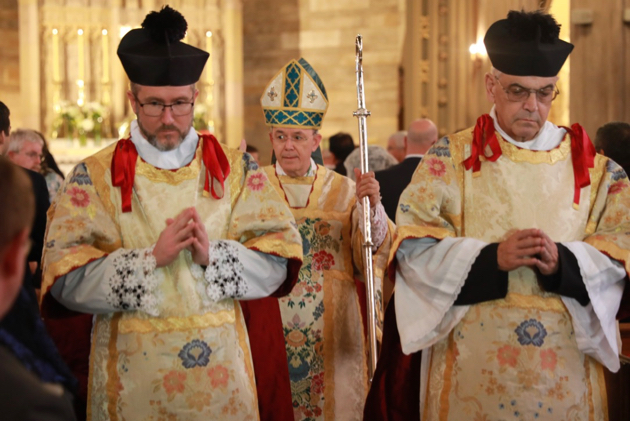
26 Oct
2019

It’s off the record, on the QT, and very hush-hush… our coverage of the visit of Bishop Athanasius Schneider to Providence, Rhode Island to ordain a priest for the Fraternity of St Peter today.






13 Oct
2019
After the conclusion of a recent conference in Seoul I had a fortunate if brief opportunity of making a pilgrimage to some of the sites of martyrdom of the Korean saints of the 19th century. The devotion to these saints plays a great role in Korean Catholicism – as does that of the 16th -17th century English martyrs in the Catholic Church in England. And these martyrs are not just known to the Catholic population. Official guides to the city of Seoul prominently feature several pilgrimages to the shrines of the martyrs and they are recognized as national historic sites.
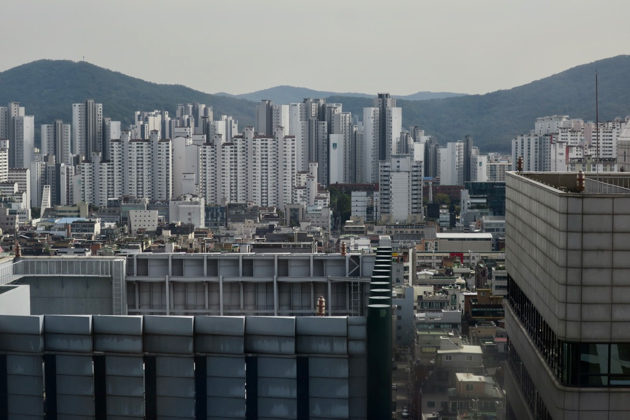
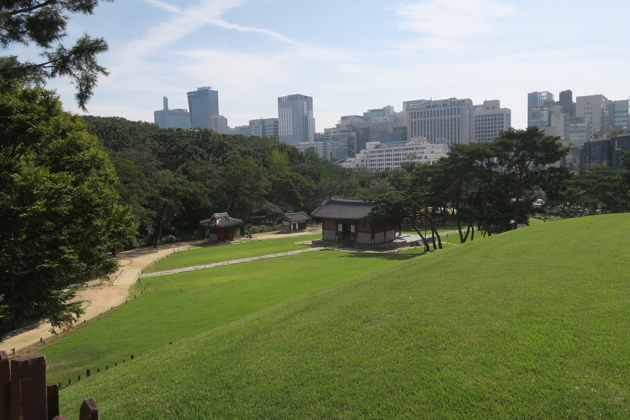
The Catholic church of Korea has the perhaps unique distinction of being founded by laymen and women. They had heard of Christianity from literature coming from China and an active Catholic community was flourishing decades before any regular presence of Catholic priests in the country. Soon, however, fierce official resistance developed. From 1791 till the end of the 19th century, some 10,000 Catholics were martyred in Korea. 103 of these martyrs were canonized in 1984; a further 124 were beatified in 2014.
A lengthy subway ride from the central business areas brings us to the Jeoldusan martyrs shrine. Here some 29 martyrs were beheaded in 1866 (Jeoldusan mens “beheading hill”). As is often the case in Korea, the modern Catholic artwork is of indifferent quality and the church of the martyrs itself is uninspiring. Yet there is a remarkable museum with documents and relics of those days. And the shrine is set in a park conducive to meditation.
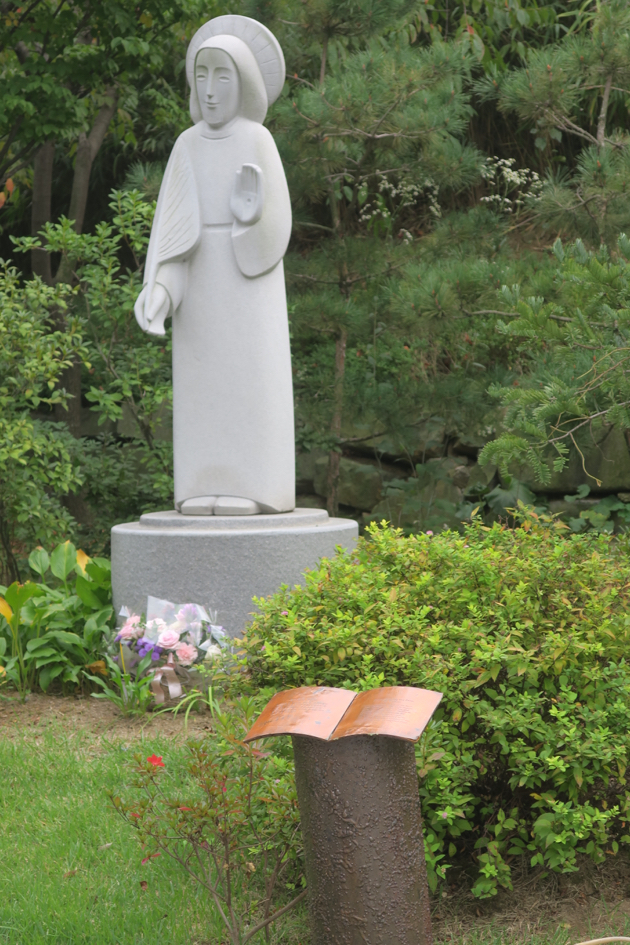
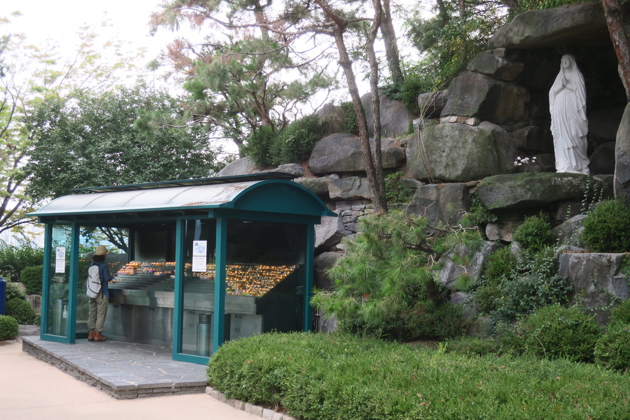
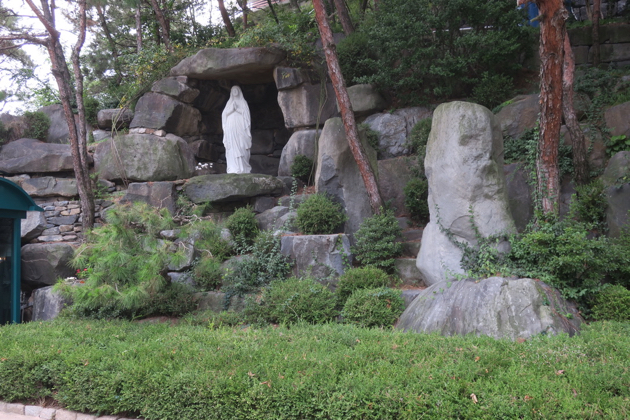
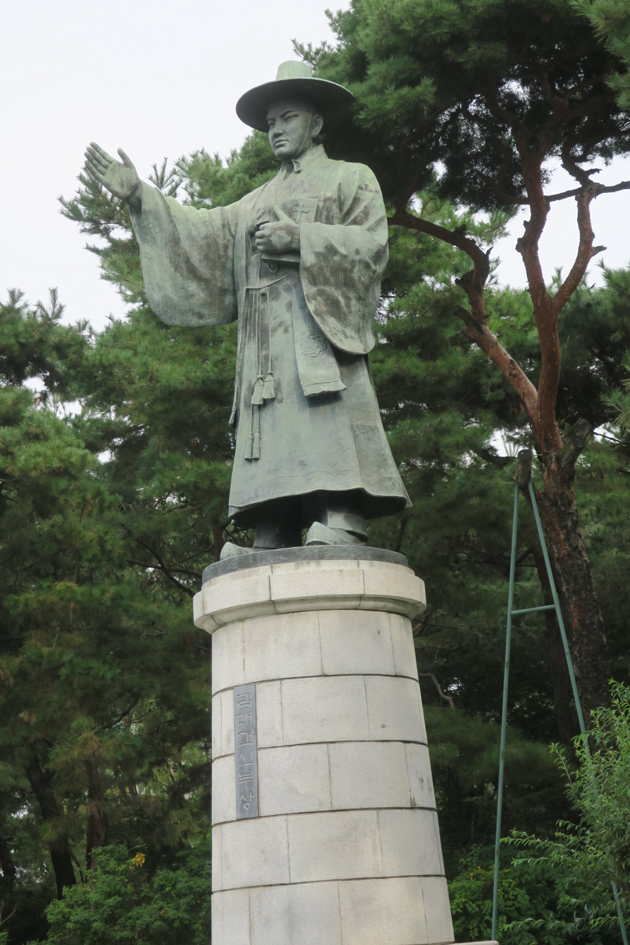
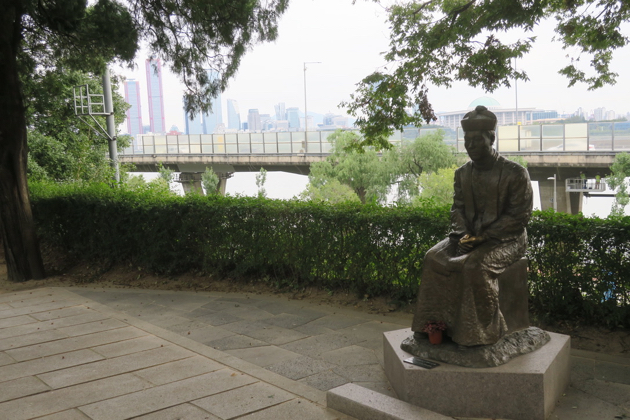
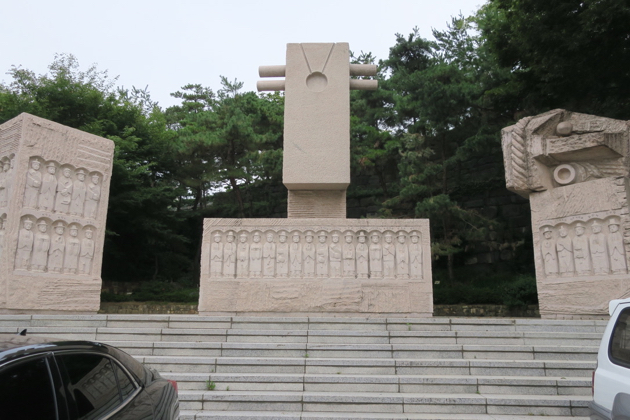
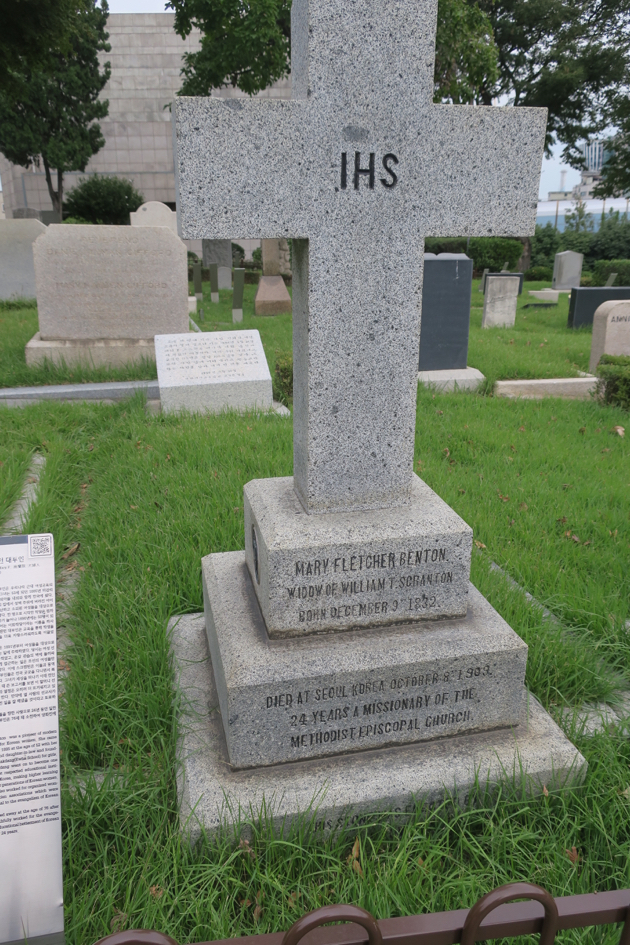
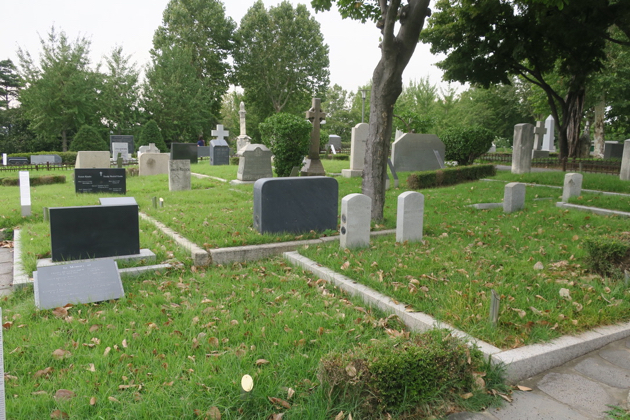
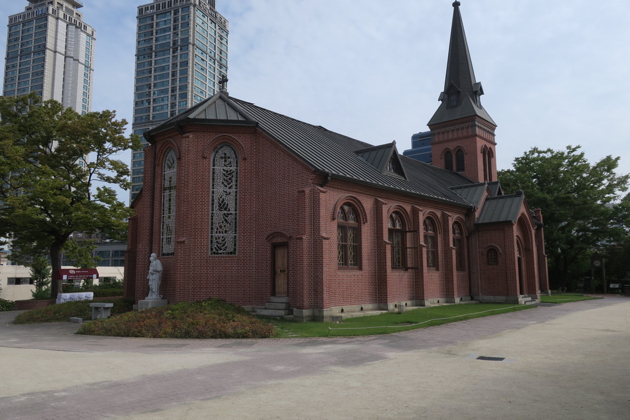
(Above) A second site of martyrdom is located not too far from the main railroad station. Subsequent to the time of the martyrdoms, Yakhyeon church, the oldest Catholic church building in Korea, was erected here in 1892. The architect was a French missionary.
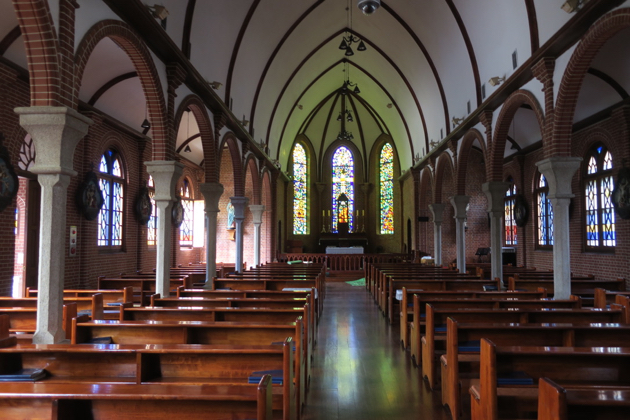
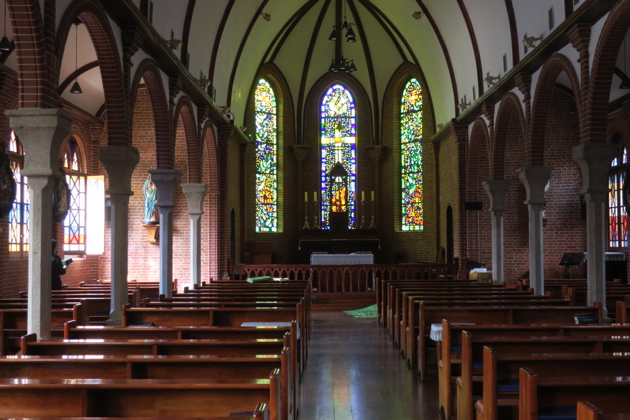
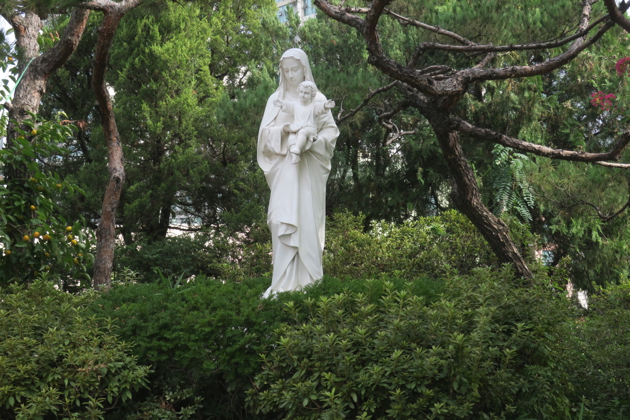
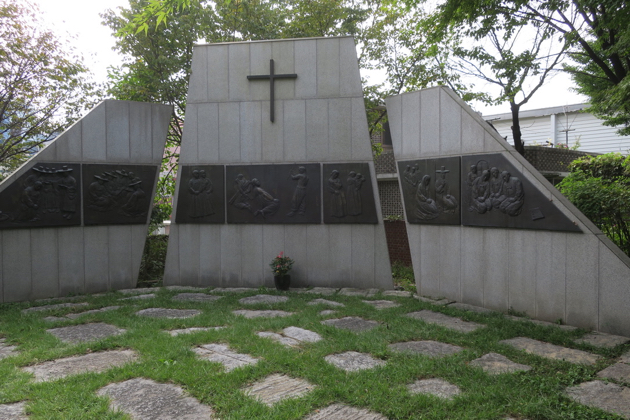
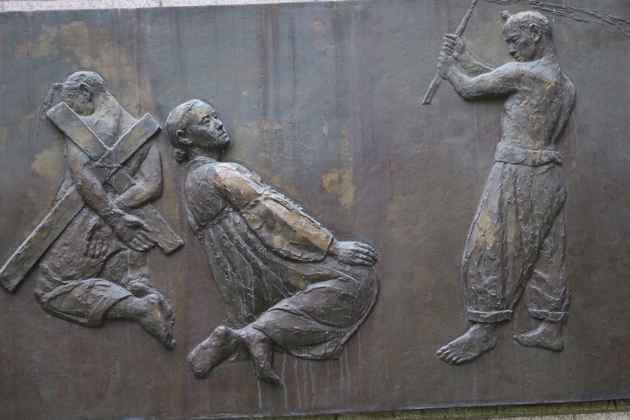
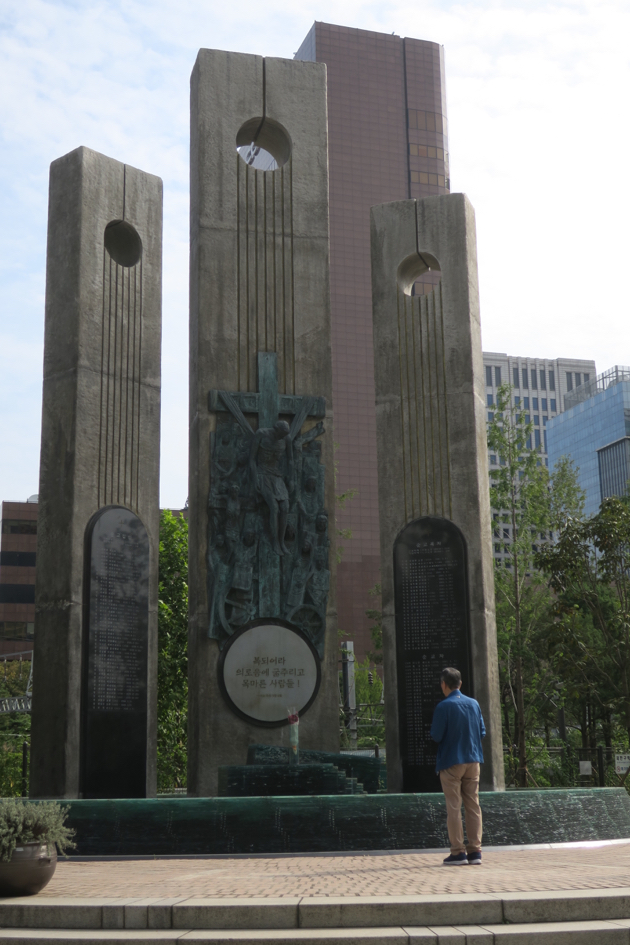
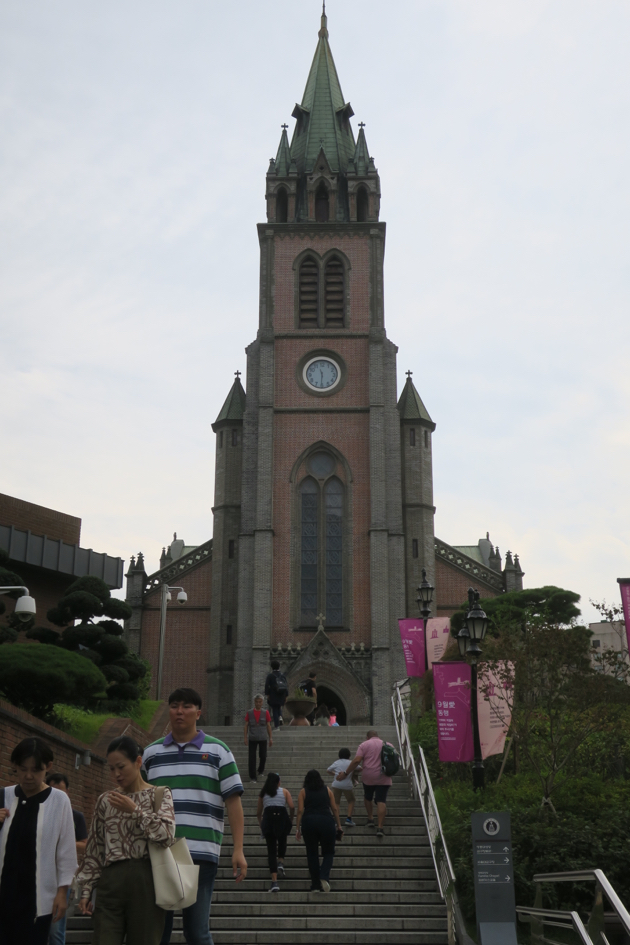
Myeong-dong cathedral is located in a downtown shopping district and was the first parish church in Korea. The present building was consecrated in 1898. In 1900 the relics of martyrs killed in the persecutions of 1839 and 1866 were moved here. Like the previous two churches the cathedral is built on a hill.
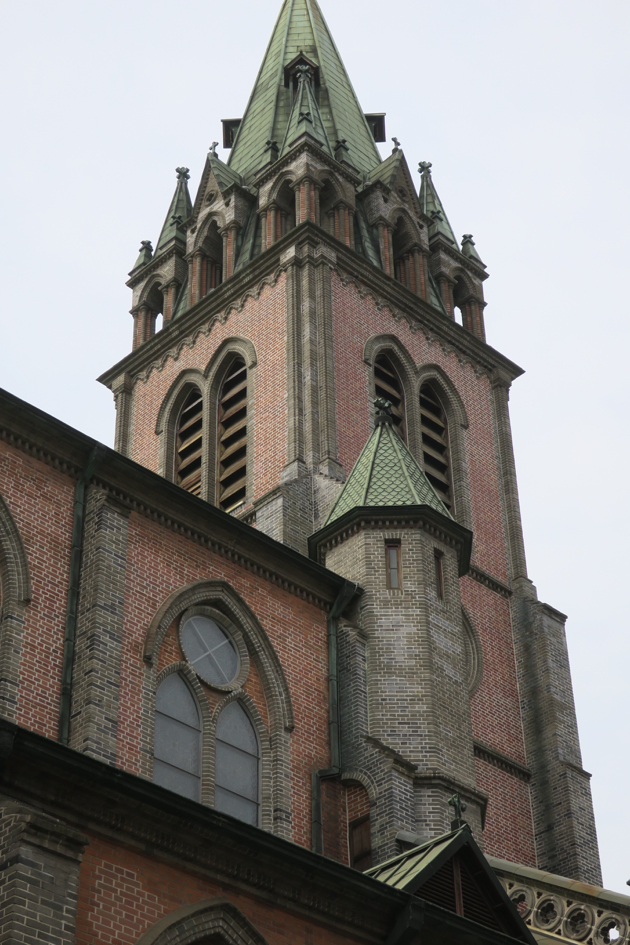
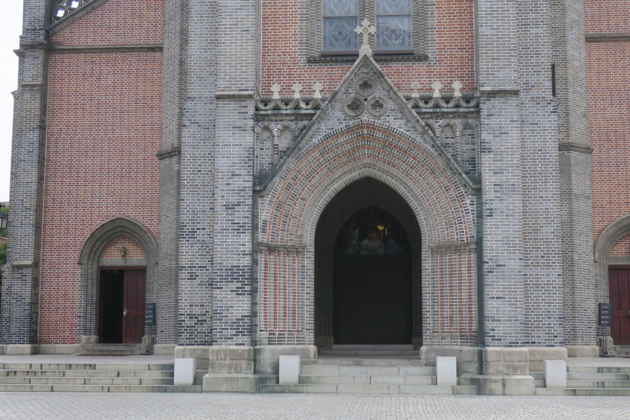
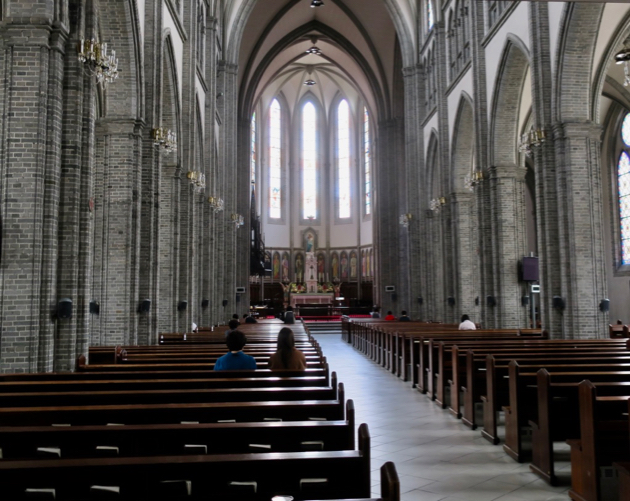
12 Oct
2019
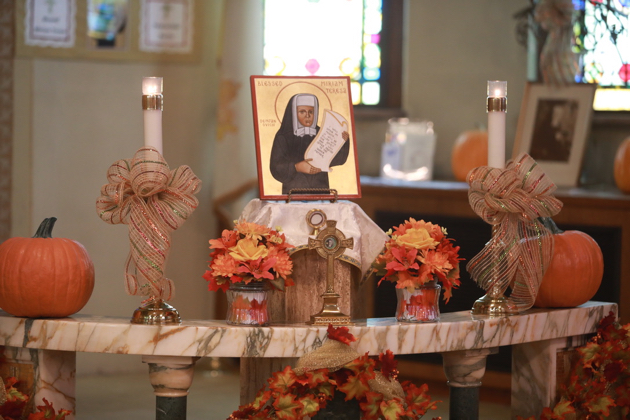
On Saturday, October 5th, the Most Rev. Kurt Burnette, Bishop of the Byzantine Catholic Eparchy of Passaic, was the main celebrant and homilist of a Divine Liturgy commemorating the fifth anniversary of the beatification of Blessed Miriam Teresa Demjanovich (1901-1927). The Liturgy was celebrated at Blessed Miriam Teresa’s home parish of St. John the Baptist in Bayonne, NJ.
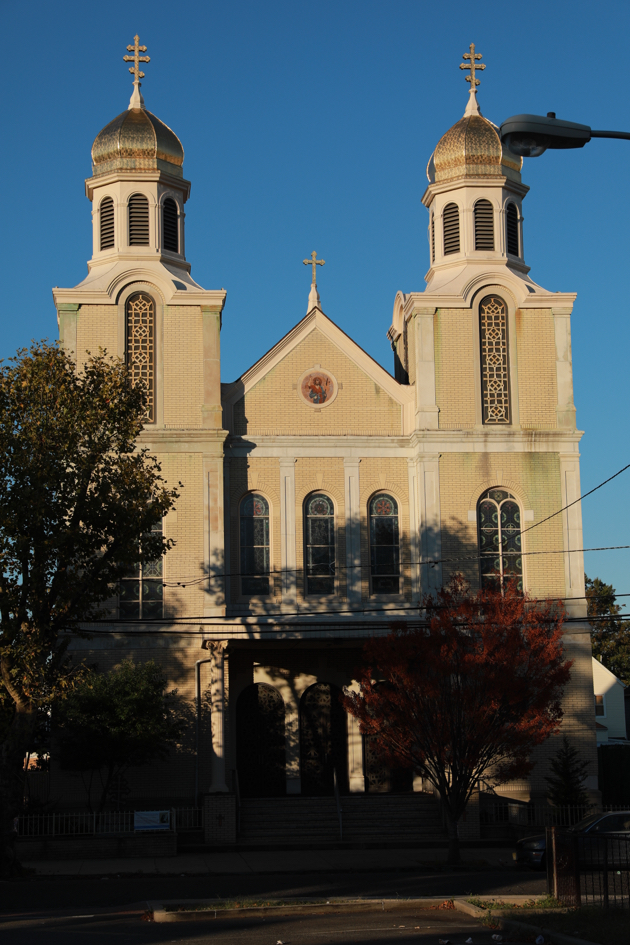
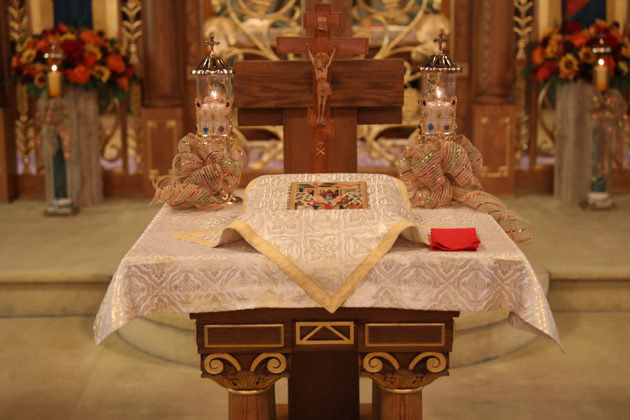
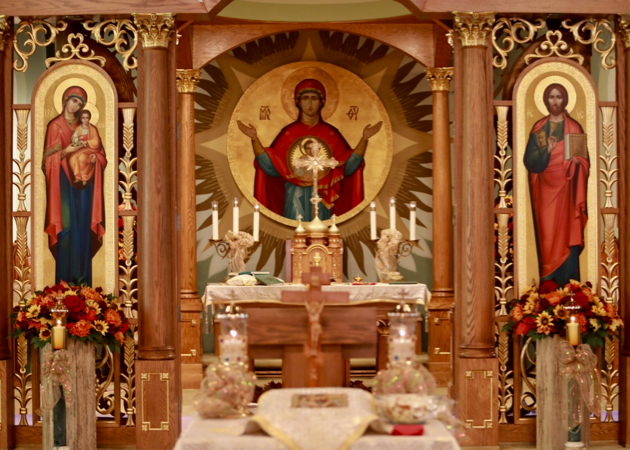
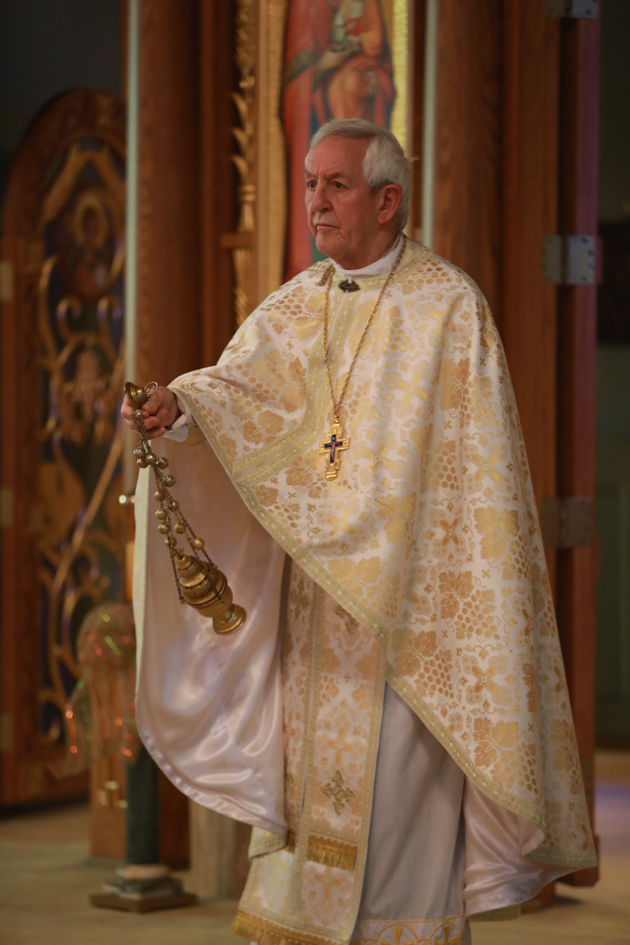
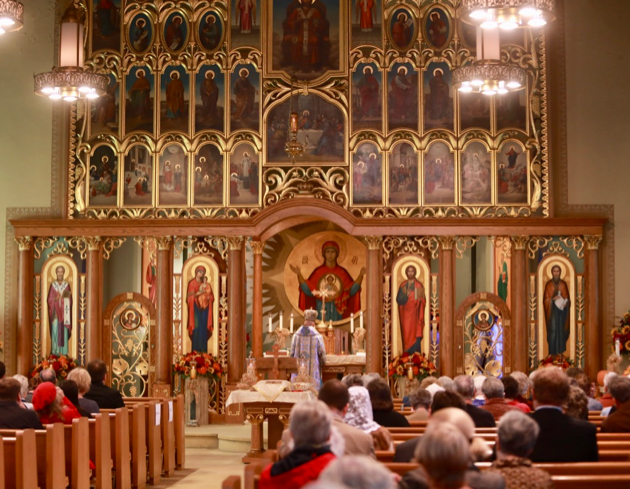
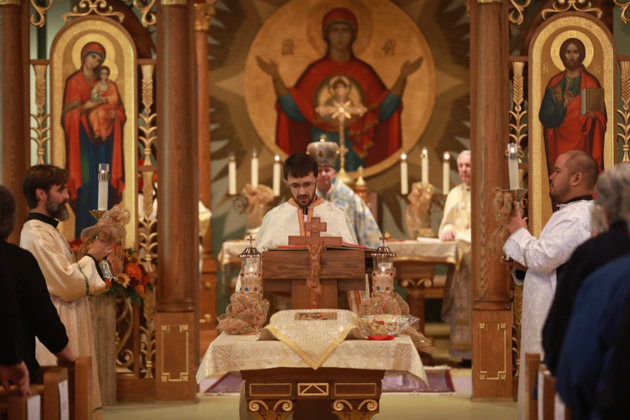
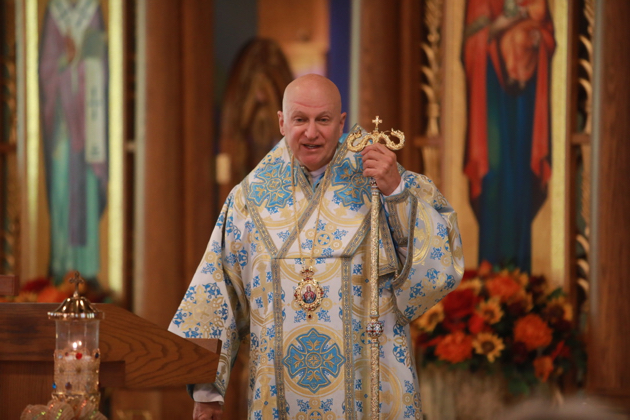
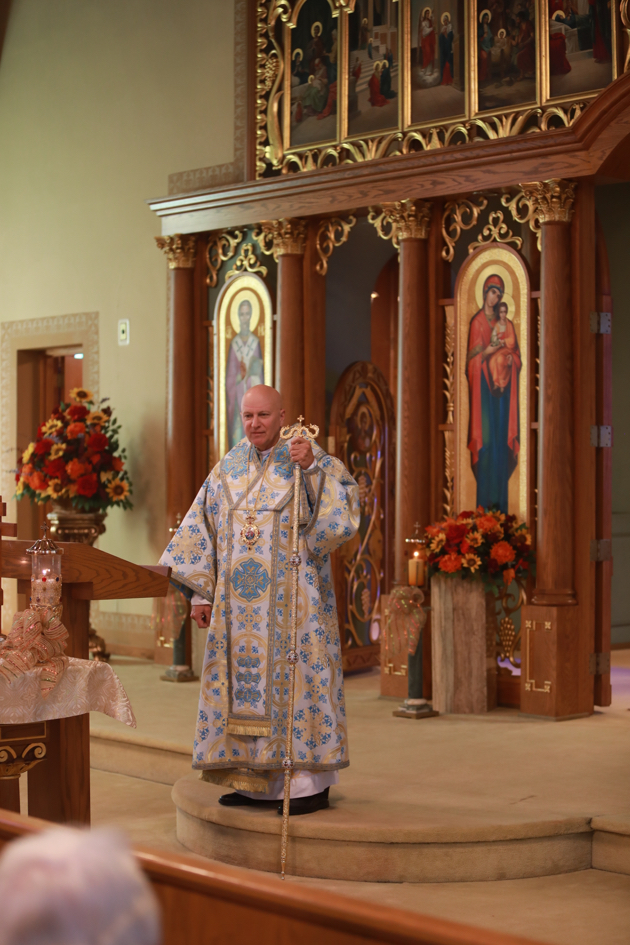
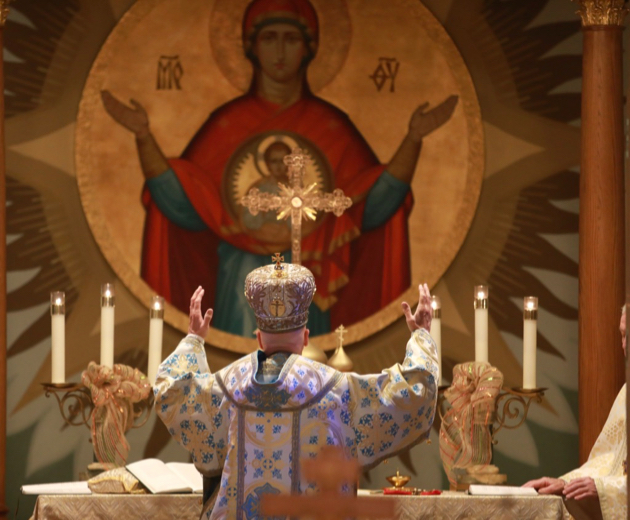
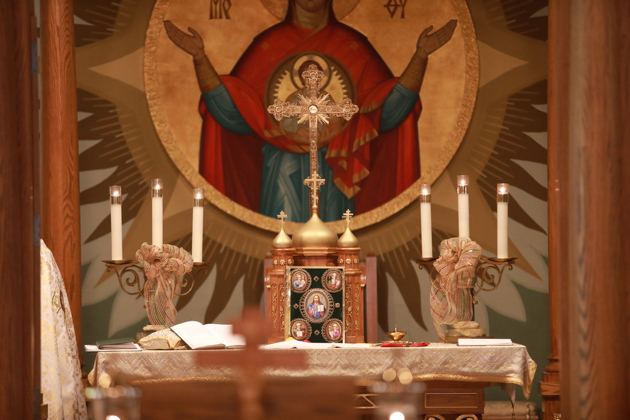
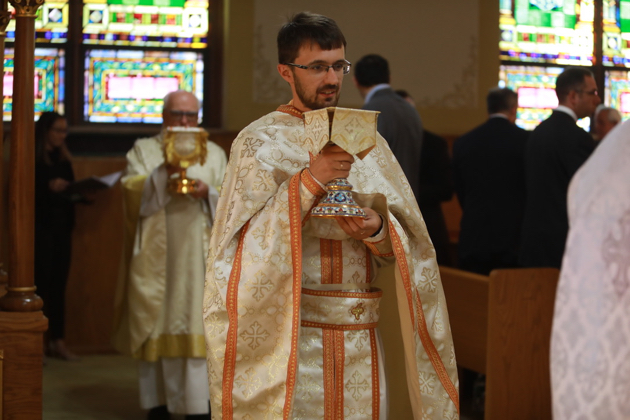
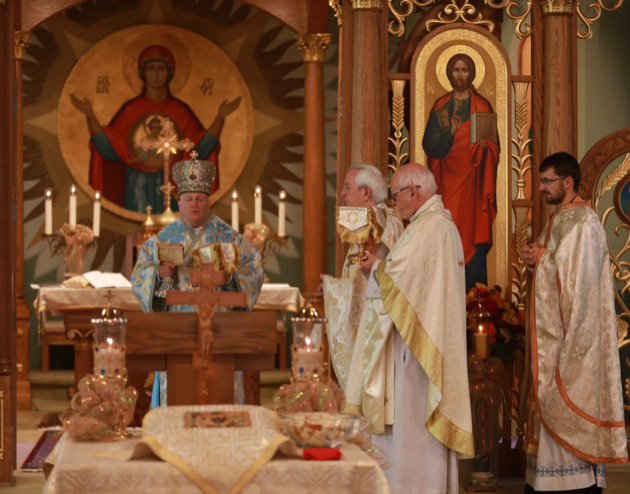
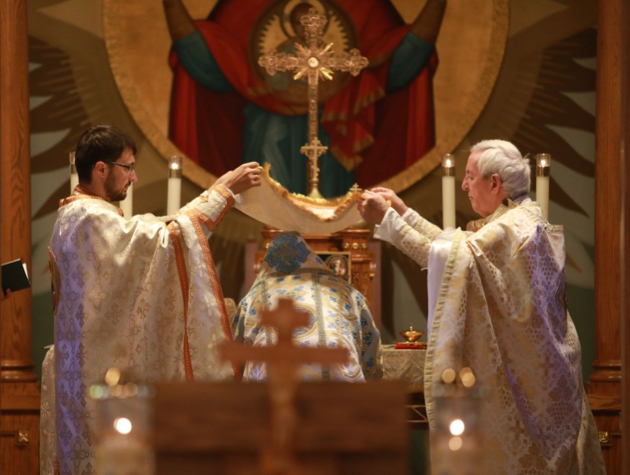
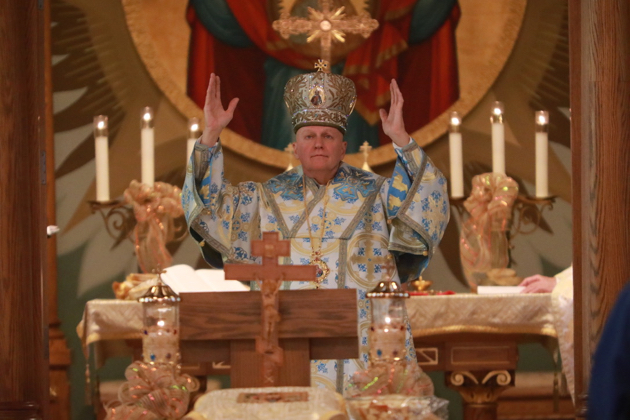
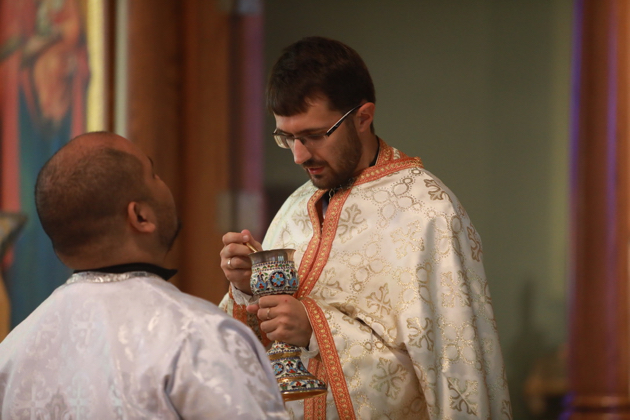
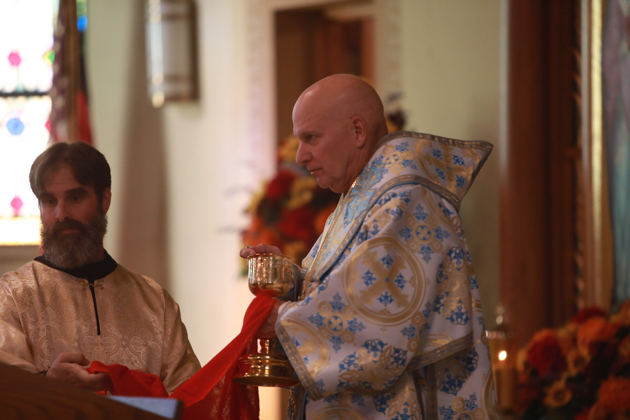

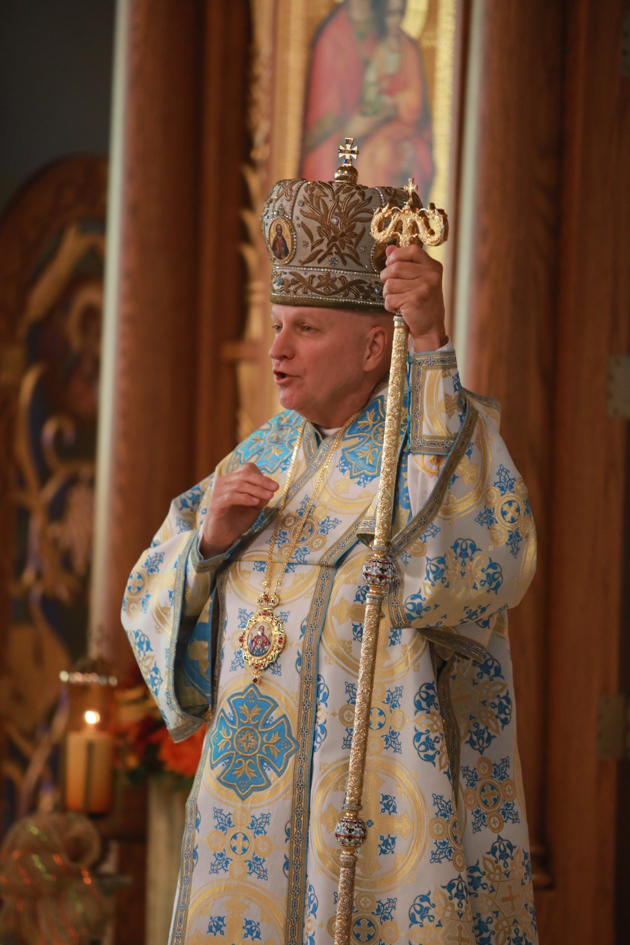
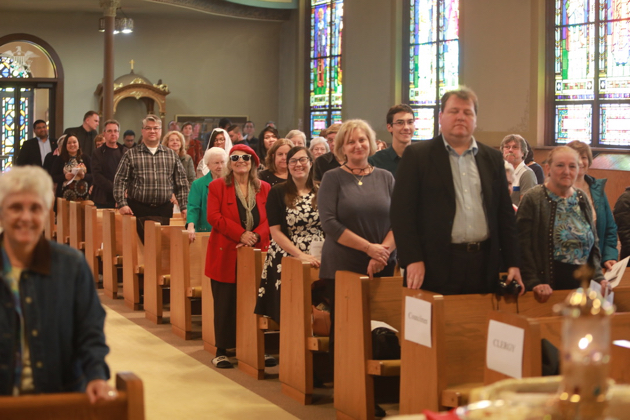
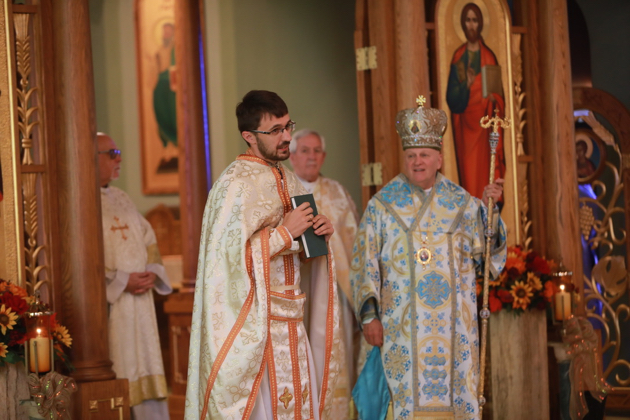
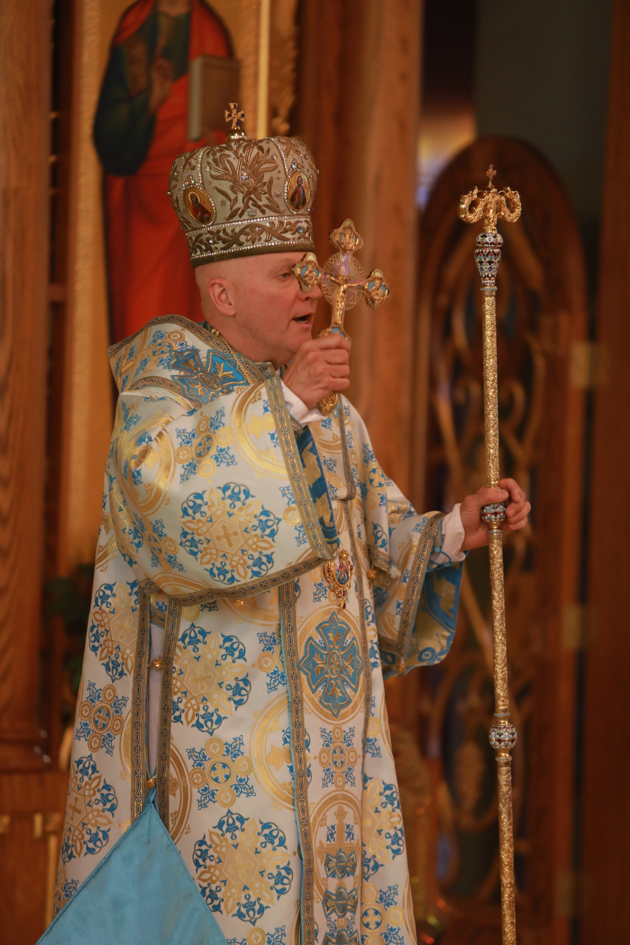
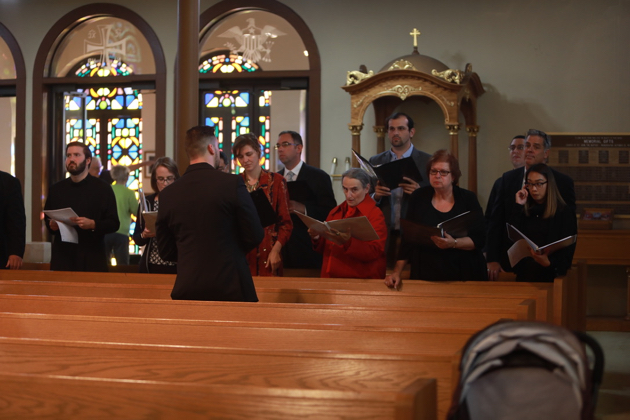
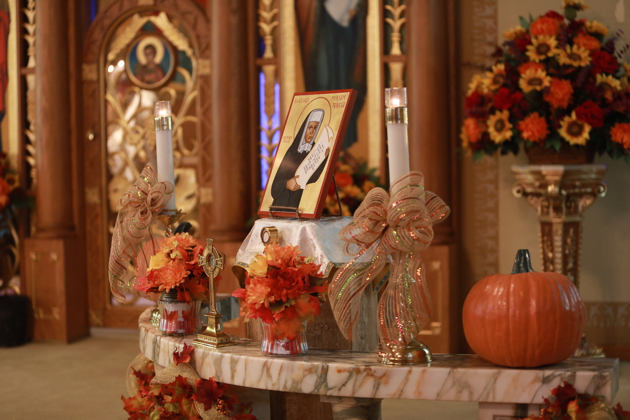
11 Oct
2019
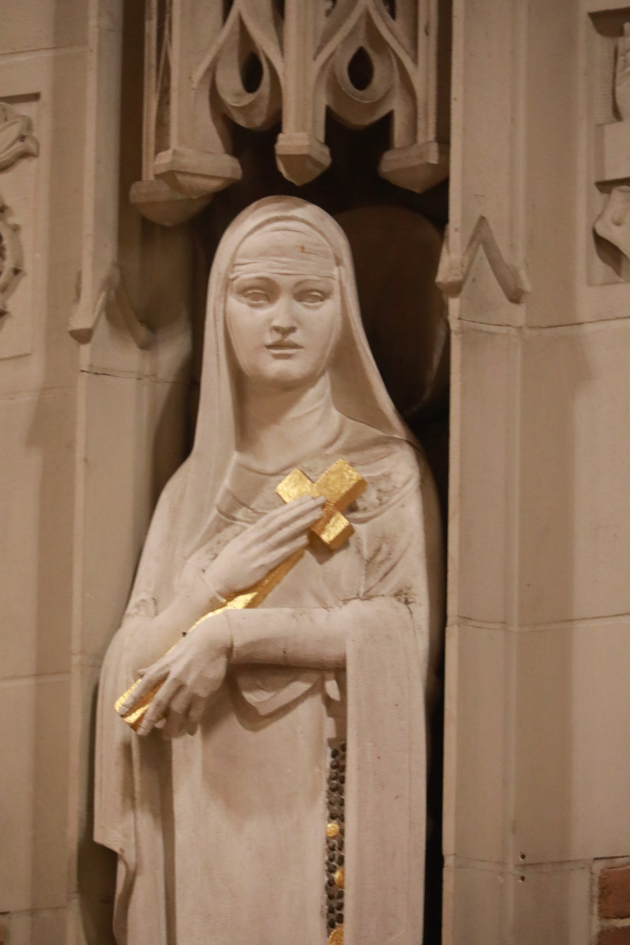
A Solemn Mass was held on Wednesday, October 9 in the Church of St Catherine of Siena in New York in thanksgiving for the upcoming canonization of Cardinal Newman. Our thanks to the parish of St. Vincent Ferrer and St Catherine of Siena and especially to the parish’s music director, James Wetzel, for making this evening possible. For it involved a fortunate last minute change of location.
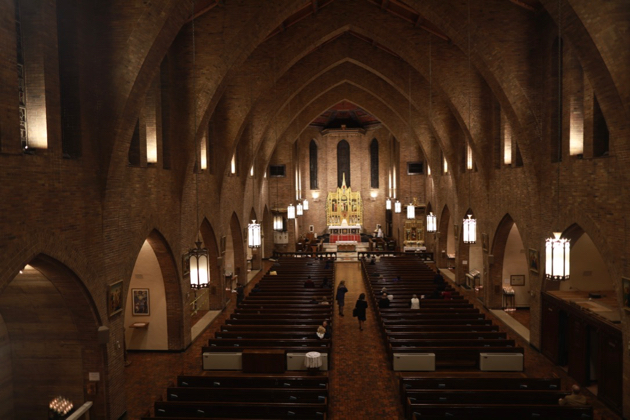
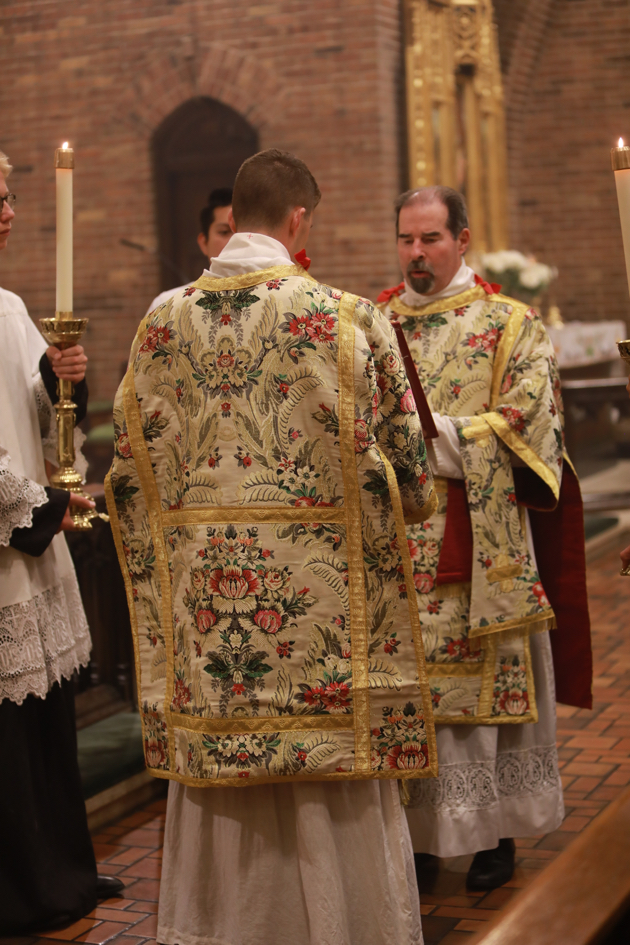
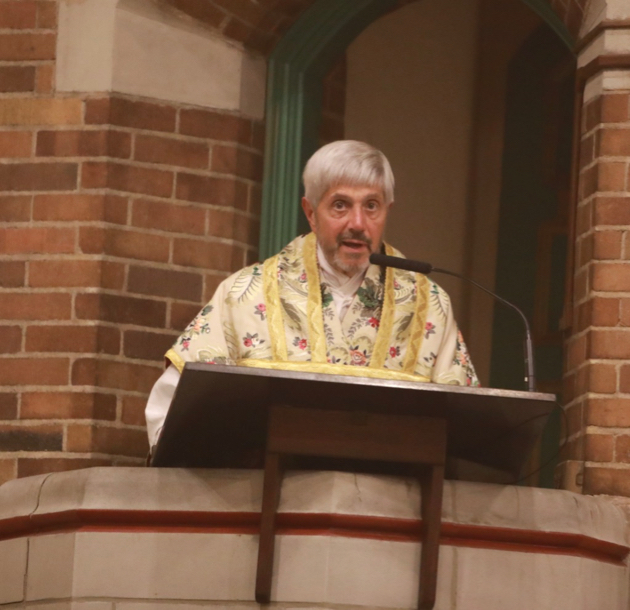
(Above) Fr. Cipolla preached a memorable sermon, found HERE. David Hughes directed the music (including his own setting of a hymn written by Fr, Hunwicke)
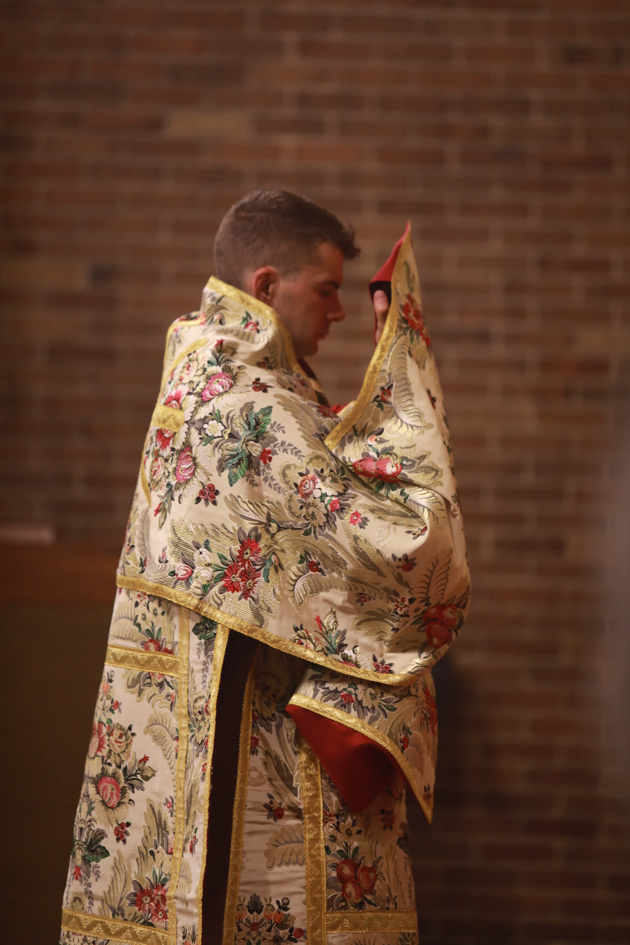
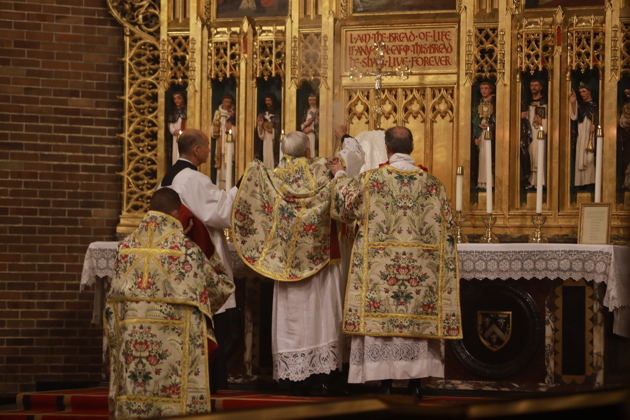
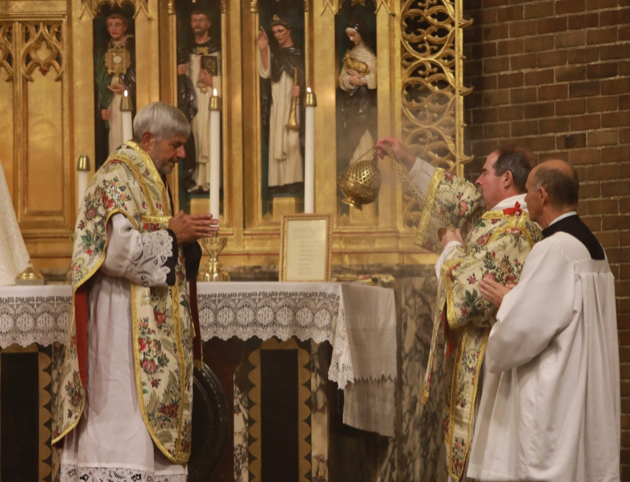
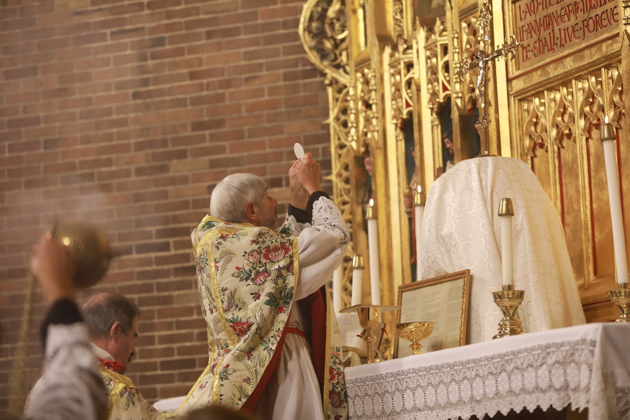
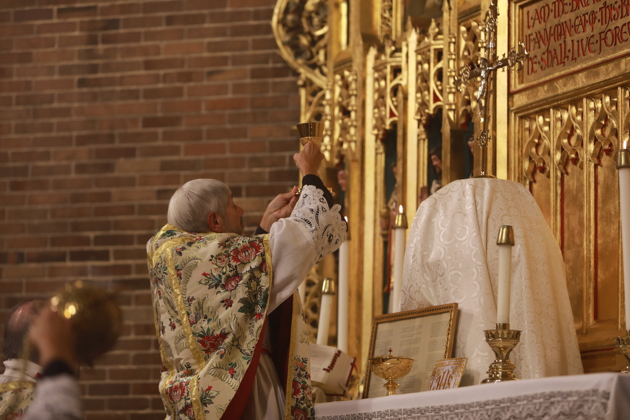
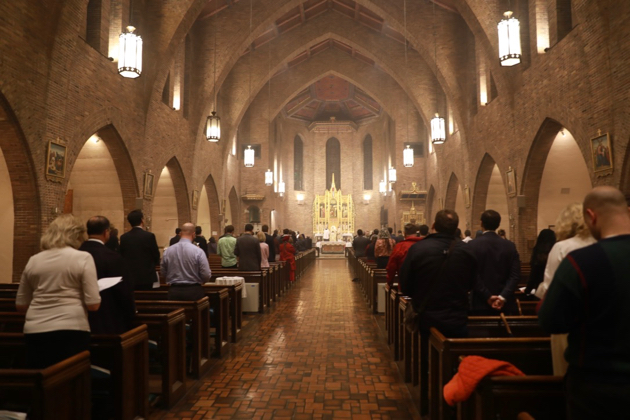
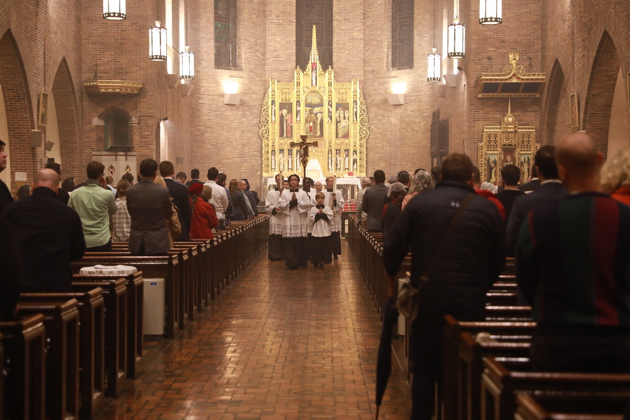
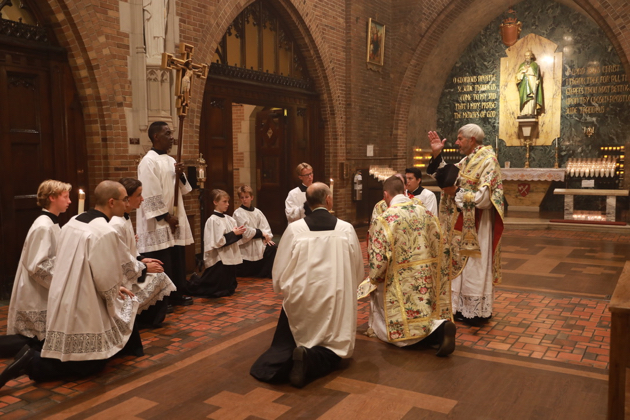
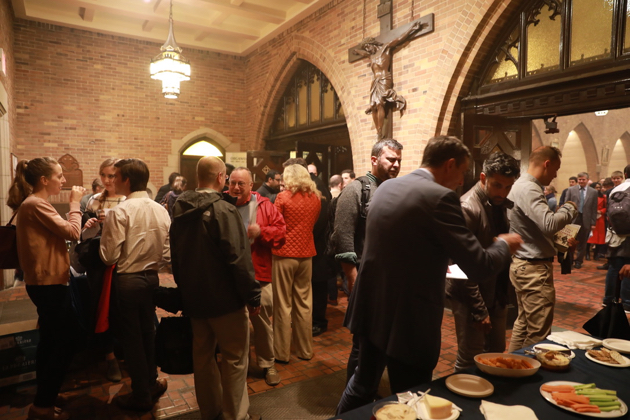
22 Sep
2019
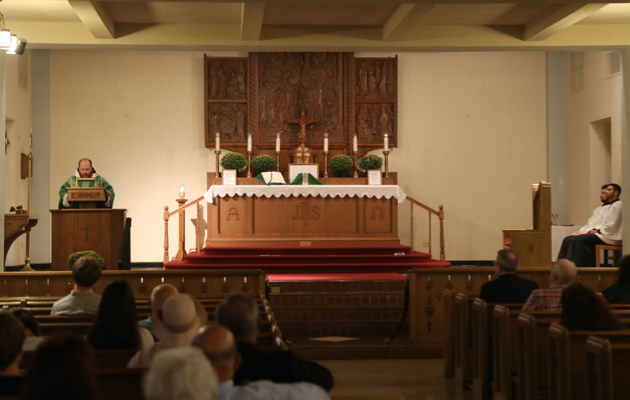
These photos were taken today at the Low Mass at Annunication Church in Yonkers (Crestwood section), Fr. Benedict Andersen OSB, celebrant. Fr. Andersen offers the Low Mass every Sunday at 11:15, Monday through Friday at 6:45 am, and Saturday at 9am. The Mass is in the lower church. Enter on the outside through a door around the corner on the right side.
For further information about this Mass, contact Father at tlm.crestwood@gmail.com
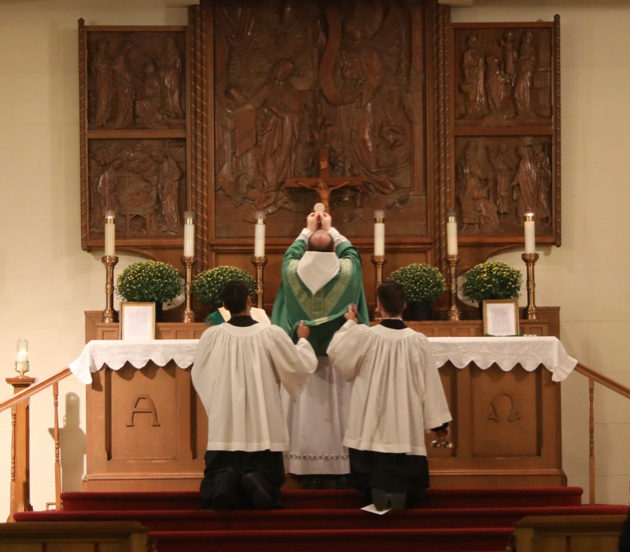
2 Sep
2019
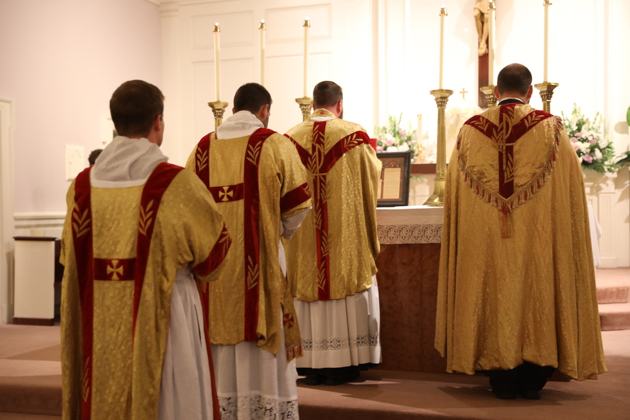
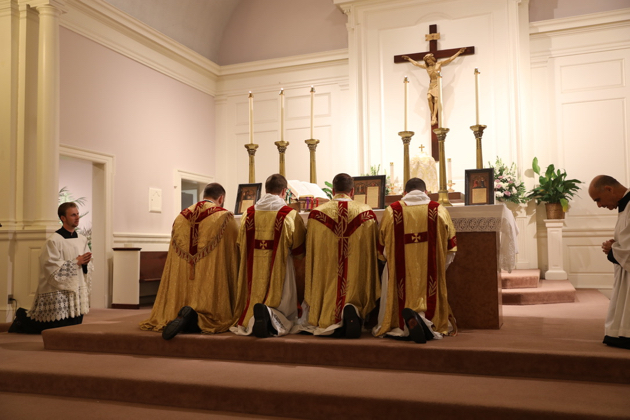
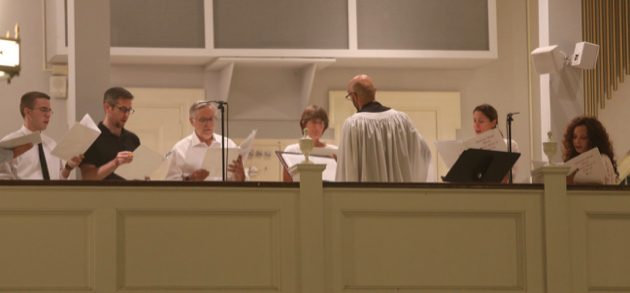
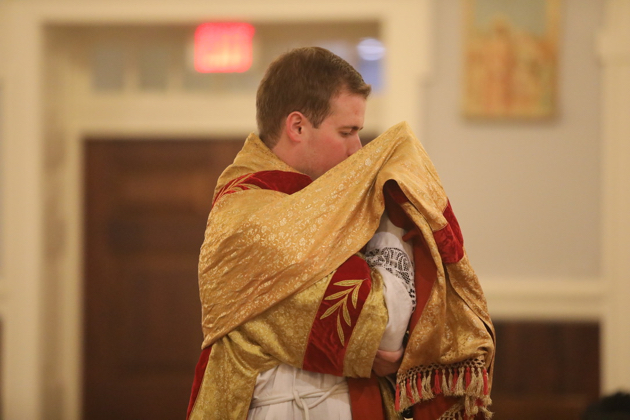
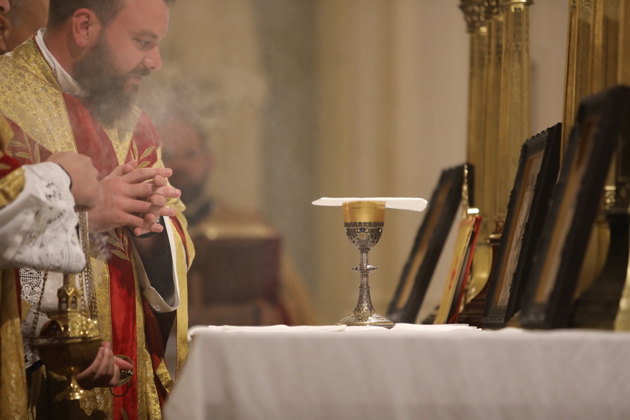
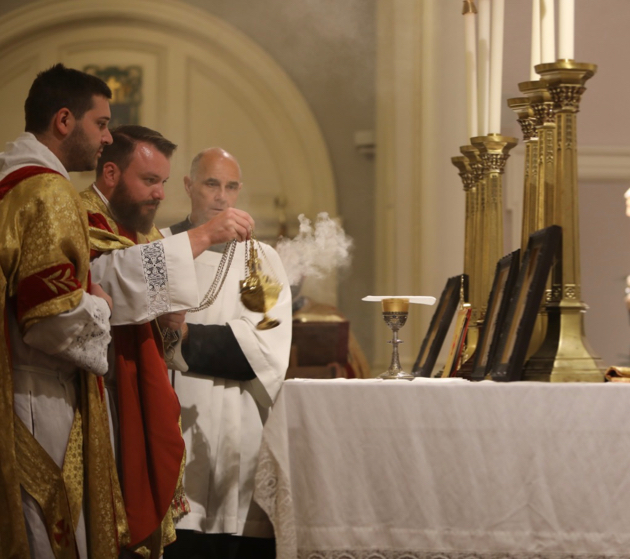
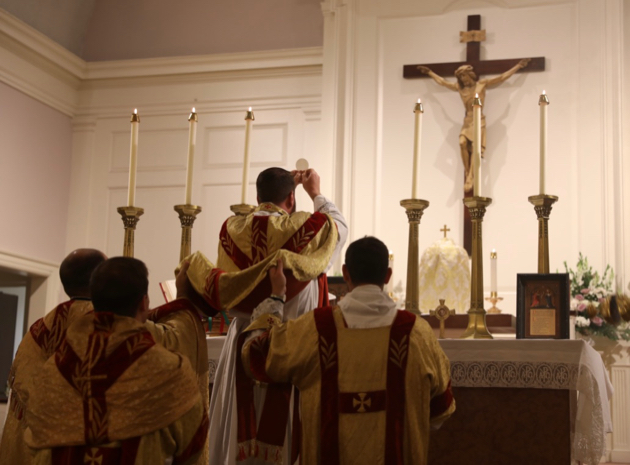
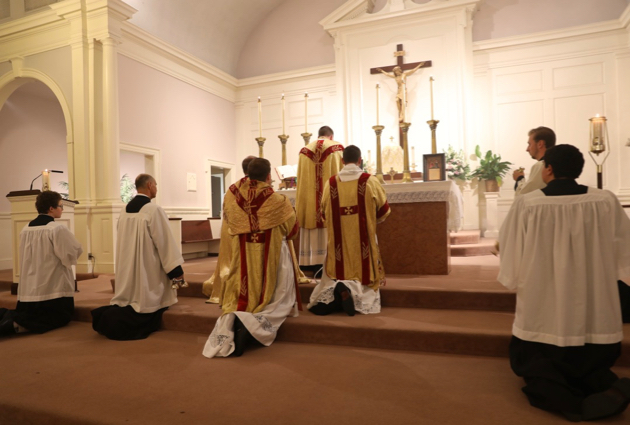
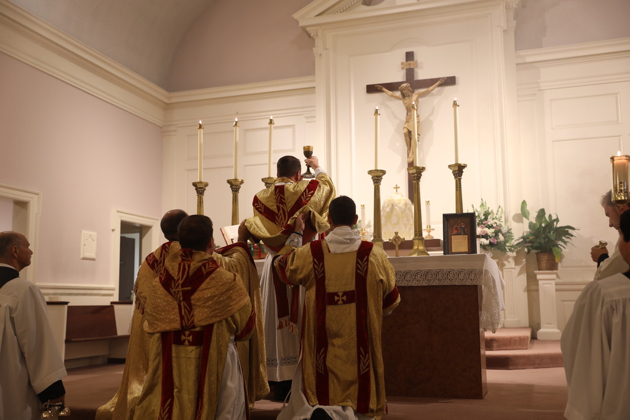
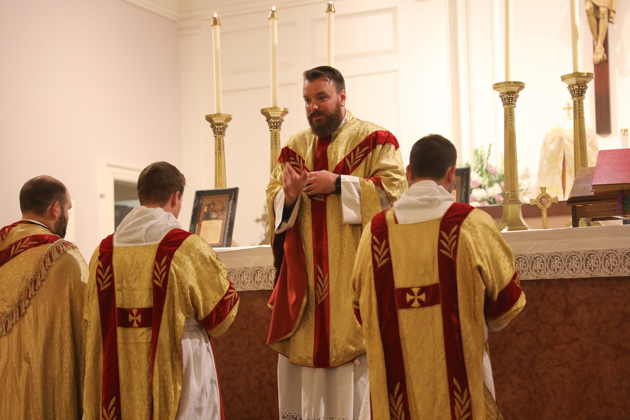
21 Aug
2019
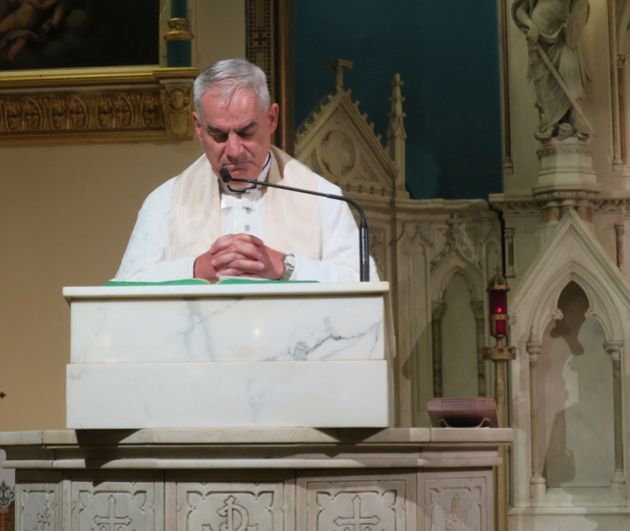
From the Island of Mauritius to Manhattan Island – Canon Jean Marie Moreau of the Institute of Christ the King Sovereign Priest returns to Holy Innocents parish Wednesday evening.
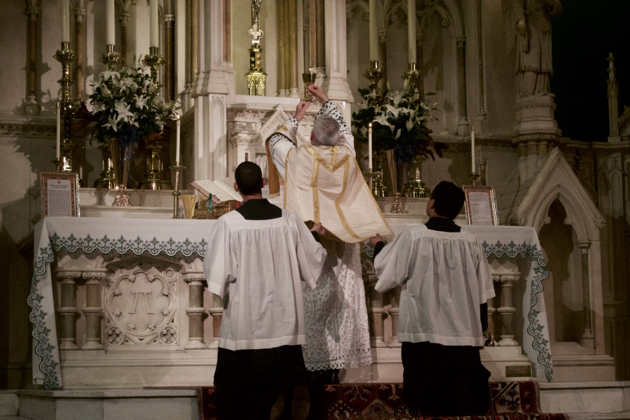
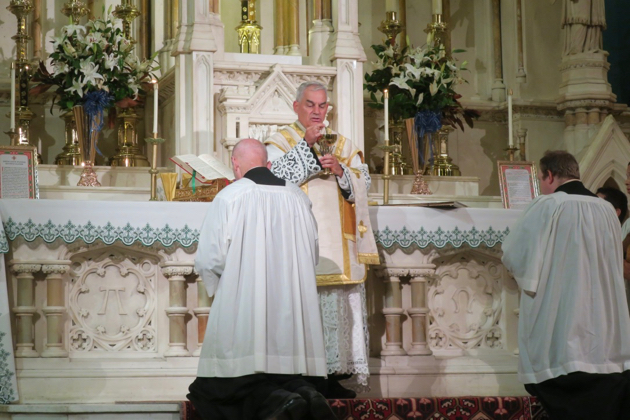
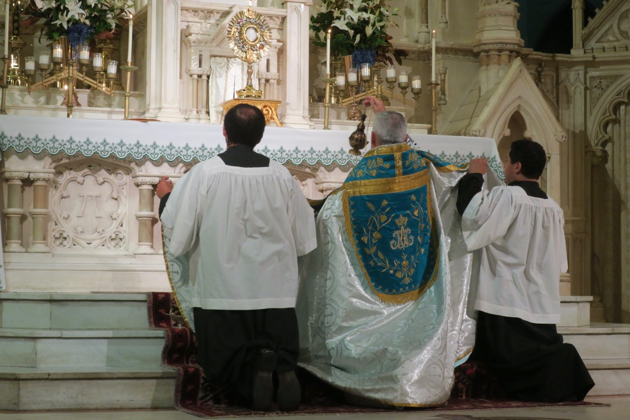
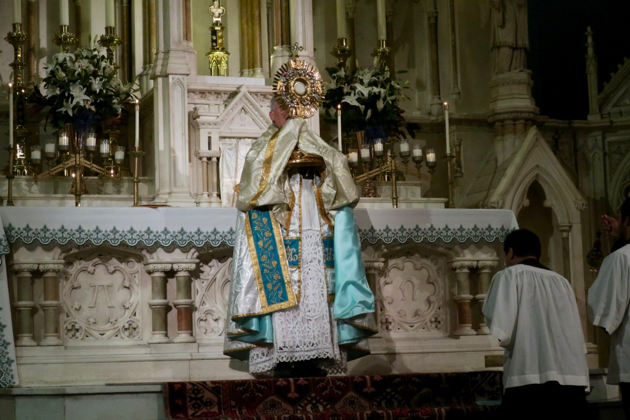
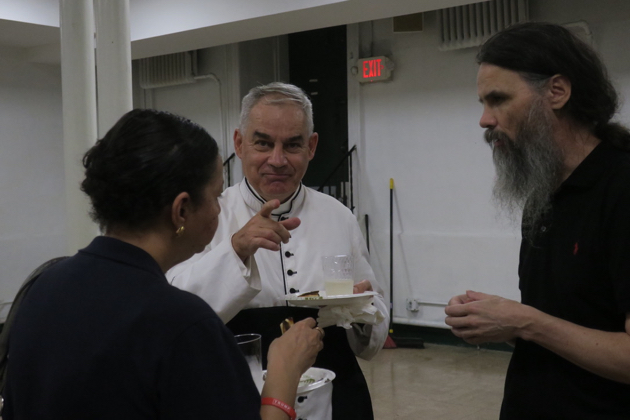
19 Aug
2019
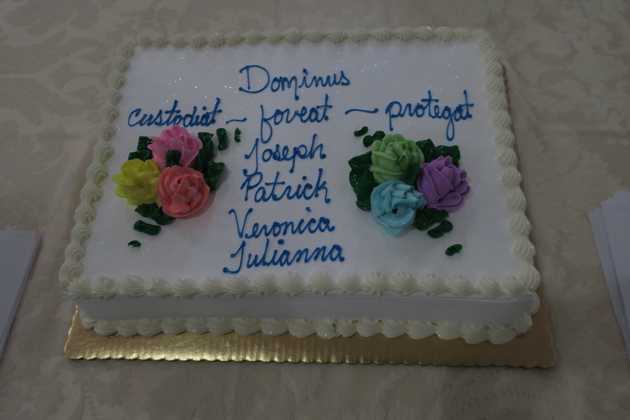
After the 9:30 Solemn Mass at St. Mary’s Norwalk yesterday, parishioners bade farewell to four young men and women who are answering God’s call to religious life. Two men are entering Our Lady of Guadalupe Seminary of the Priestly Fraternity of St. Peter. Two young ladies will enter religious communities, one to the Abbey of the Benedictines of Mary, Queen of Apostles in Gower, Missouri, and the other to the Carmel of Jesus, Mary, and Joseph, Fairfield, Pennsylvania. We commend them to your prayers.
Of course, it probably comes as no surprise to our readers, that one parish has had so many vocations—and not just this year. It’s becoming obvious to everyone—bishops excluded: the Traditional Mass nurtures vocations.
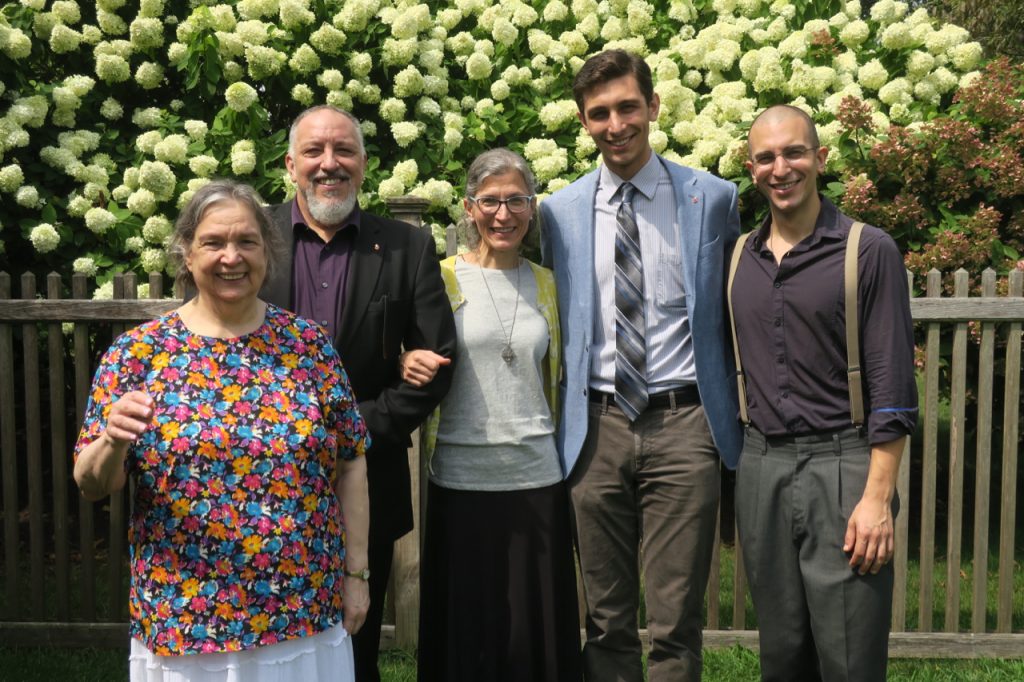
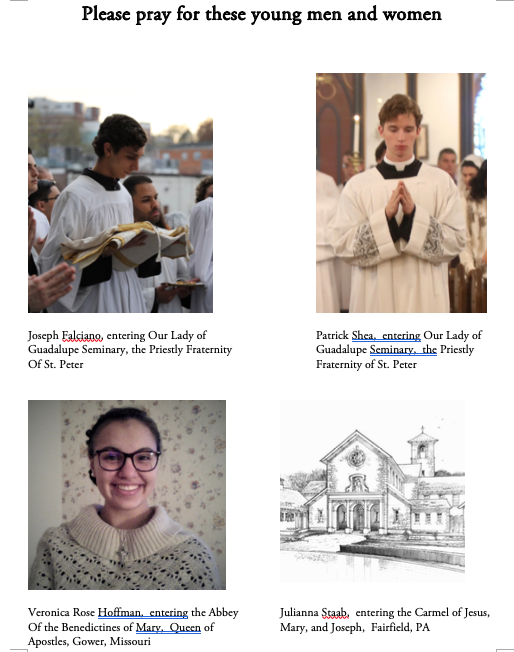
16 Aug
2019
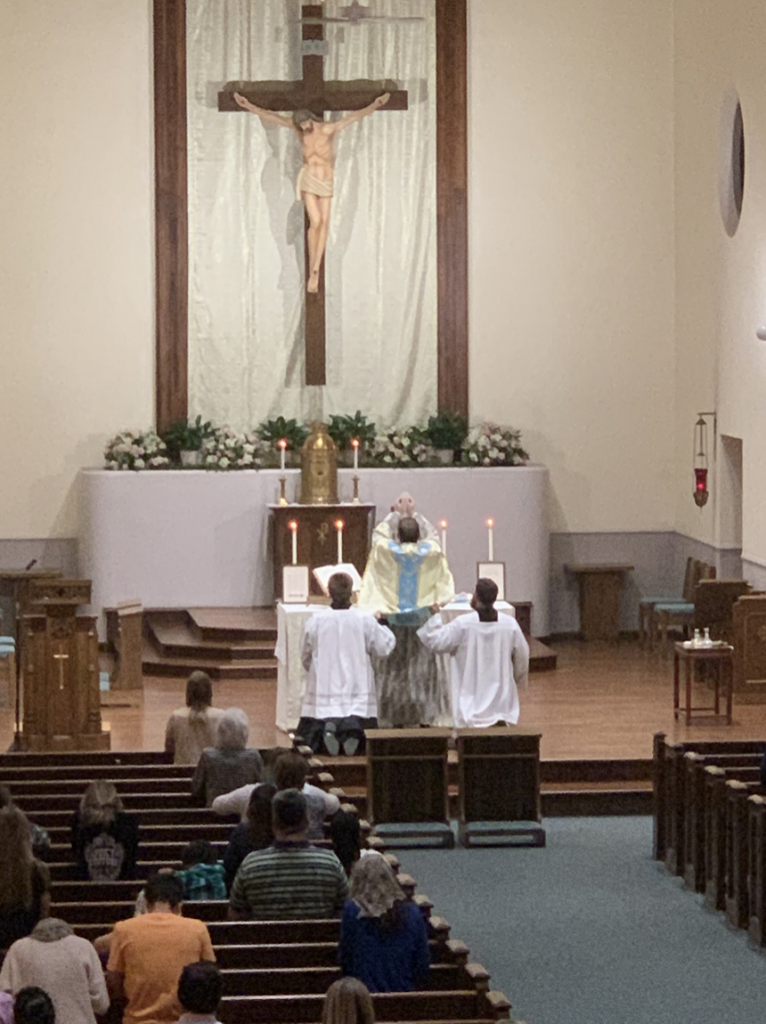
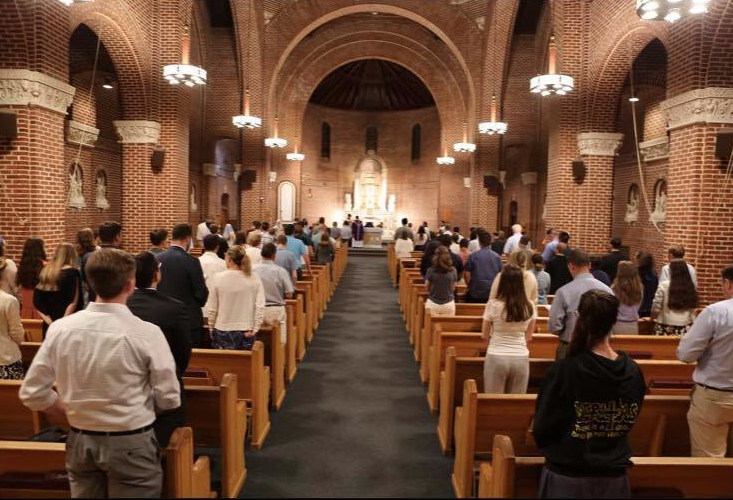
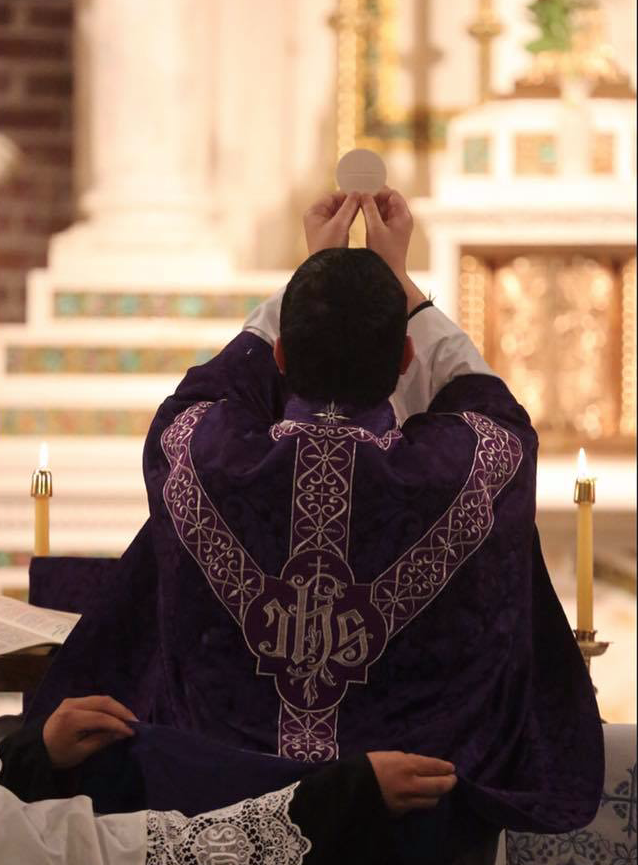
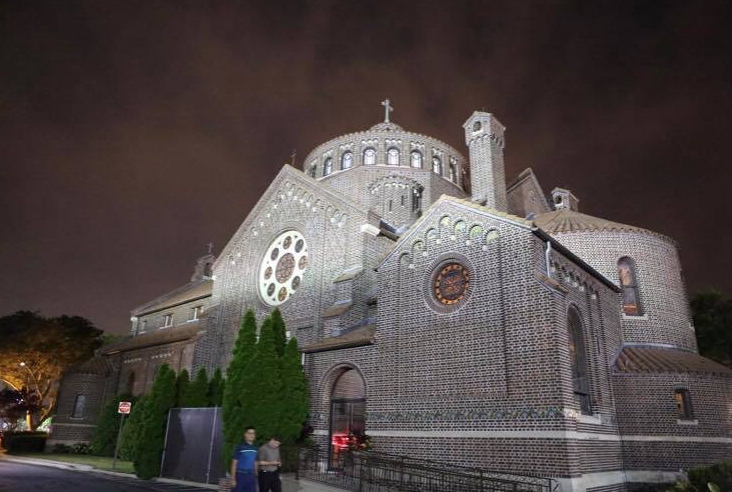
Offertory proper and the motet “Quae est ista” by Palestrina at St. Mary Church, Norwalk, CT (courtesty of Edwin Gonzales, Adaltaredei Facebook page)
3 Aug
2019
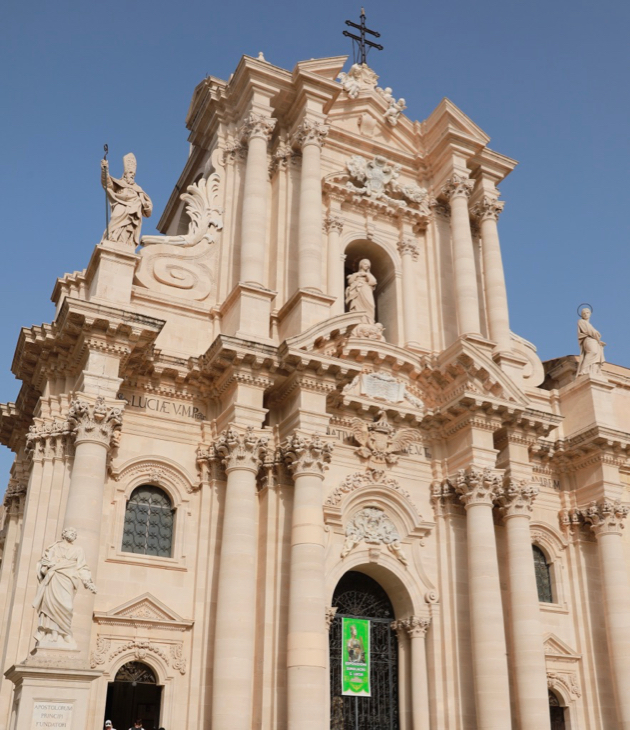
by Jill Chessman
In these times, when Catholic churches are torn down to make way for apartments and skyscrapers – or converted to serve purely secular purposes – our church leadership should draw inspiration from the early Church, which, in an effort to convert pagans, at times converted temples into churches. One of the most vivid examples of this is the Cathedral of Syracuse in Sicily, which was constructed within the walls of an ancient Greek temple of Athena.
Facing the western cathedral entrance, one sees a Sicilian baroque facade (above). But the northern wall reveals the Greek columns, architrave and triglyphs (below) – the original structure of the building. The temple of Athena was built by the tyrant Gelon to celebrate the victory over the Carthaginians at the Battle of Himera (480 BC). Thousands of prisoners of war had been enslaved, and the best craftsmen of them were selected to build the temple. The temple faced east, overlooking the harbor. A golden shield in the tympanum, reflecting the sun’s rays, served as a landmark for sailors. The temple was famous throughout the Mediterranean for its lavish decorations and treasures.
In the Byzantine period, it was converted into a church. Walls were filled into the spaces between the columns. Arches were cut into the cella, the inner room that had housed a larger than life-size statue of Athena. The building was reoriented, with the main entrance to the west, for ad orientem celebration of Mass.
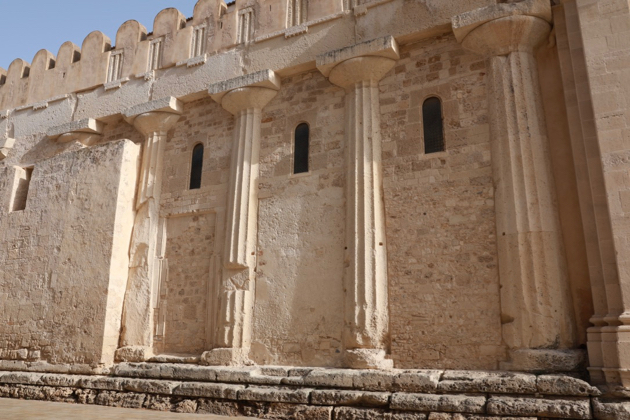
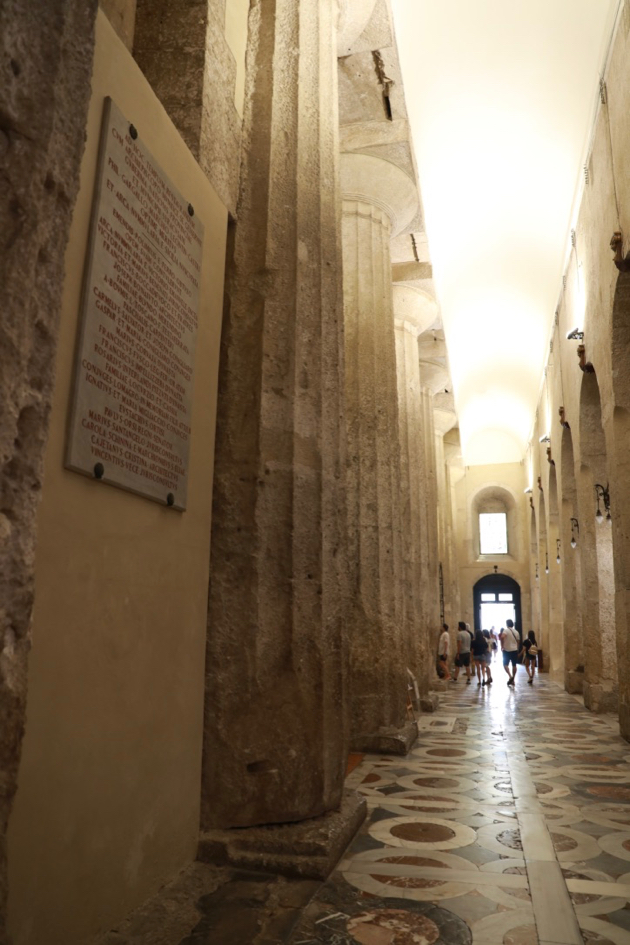
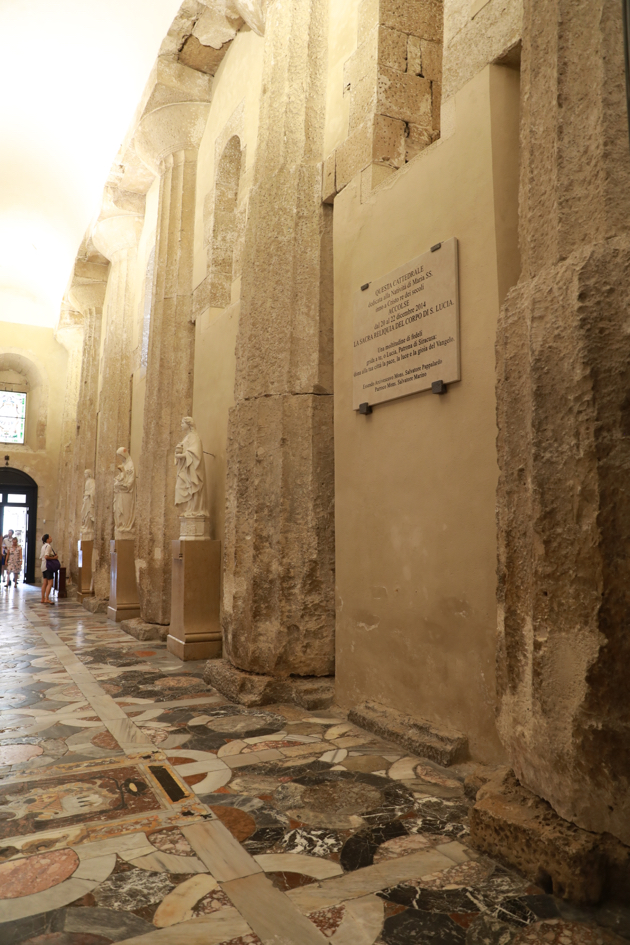
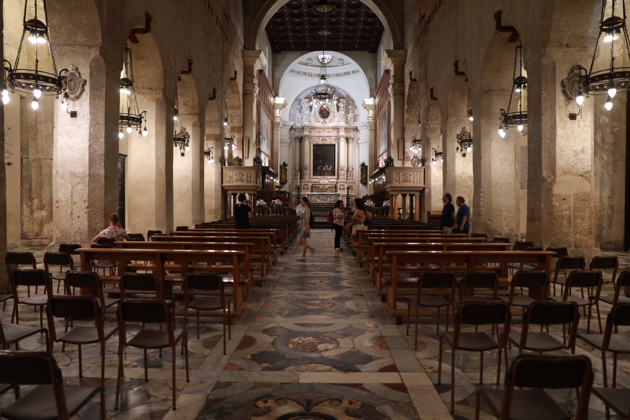
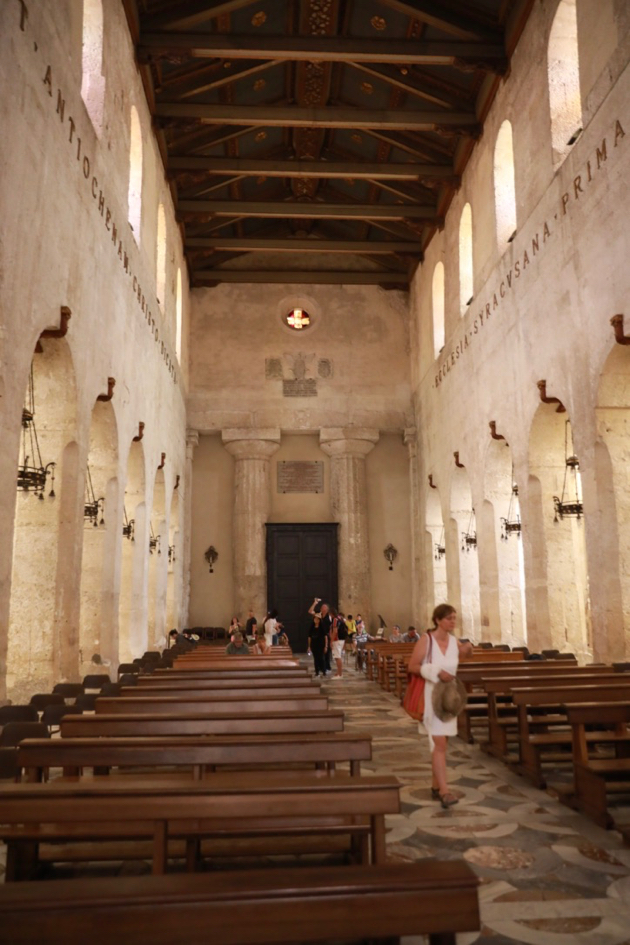
(Above) Looking west, toward the back, with two Greek columns, is the original rear of the temple. Around the nave, where the roof of the temple would have been, is a Latin inscription describing this as the oldest Christian community in Europe. “The church of Syracuse is the first daughter of divine Peter, and the first to be dedicated to Christ after Antioch.” During the Norman period (11th-12th centuries AD) the height of the nave was raised and clerestory windows added. The cathedral at one time had baroque decoration, which was largely removed in the early 20th century.
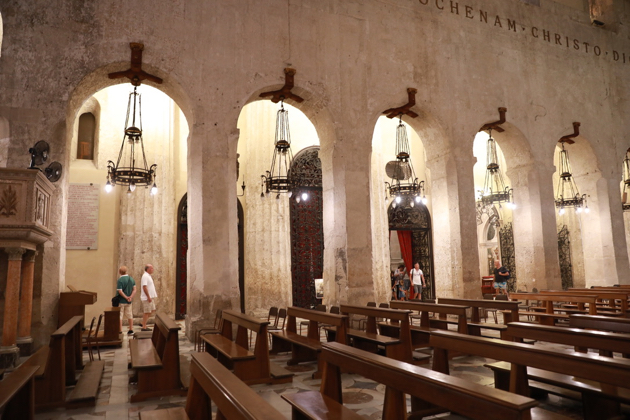
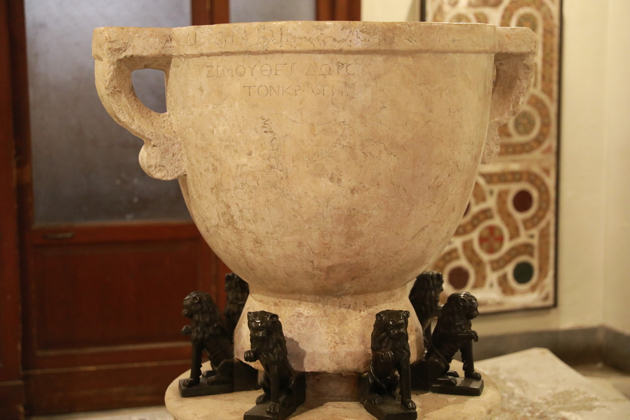
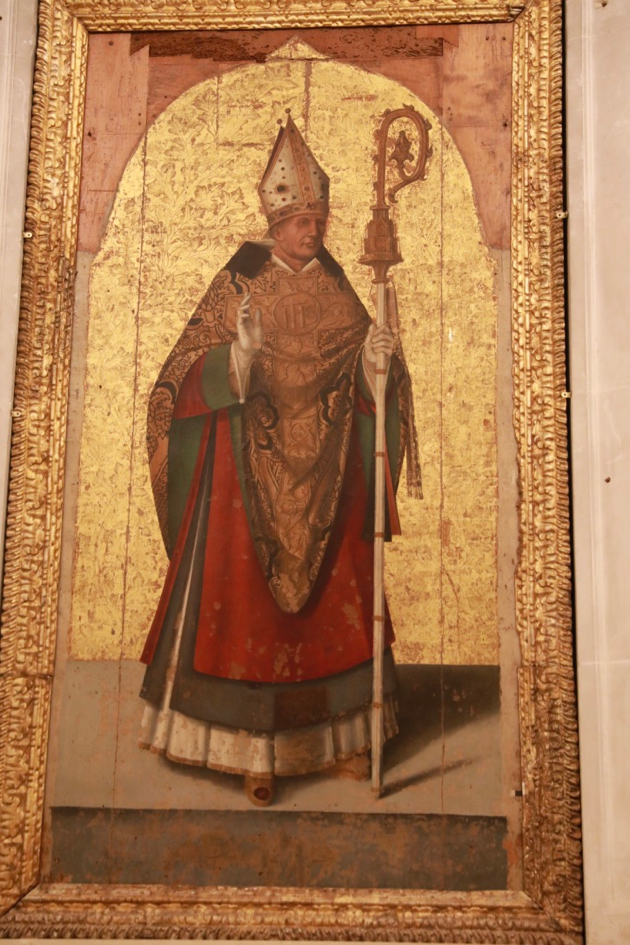
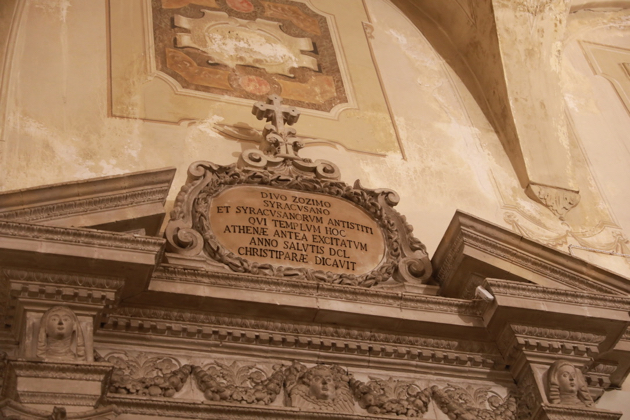

The massive earthquake of 1693, which damaged so many buildings in southern Sicily, destroyed the Norman facade. A new facade (above) in lavish Sicilian baroque style was constructed between 1728-1754.
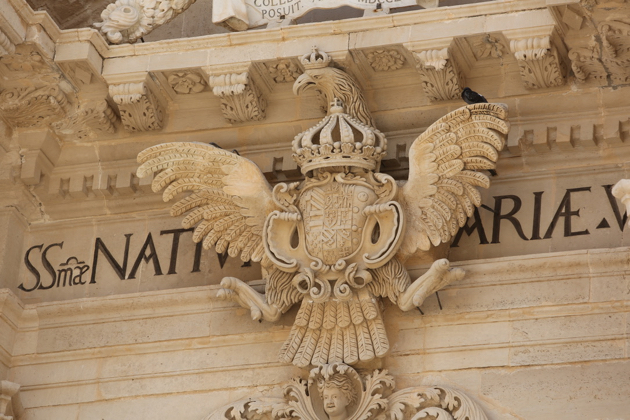
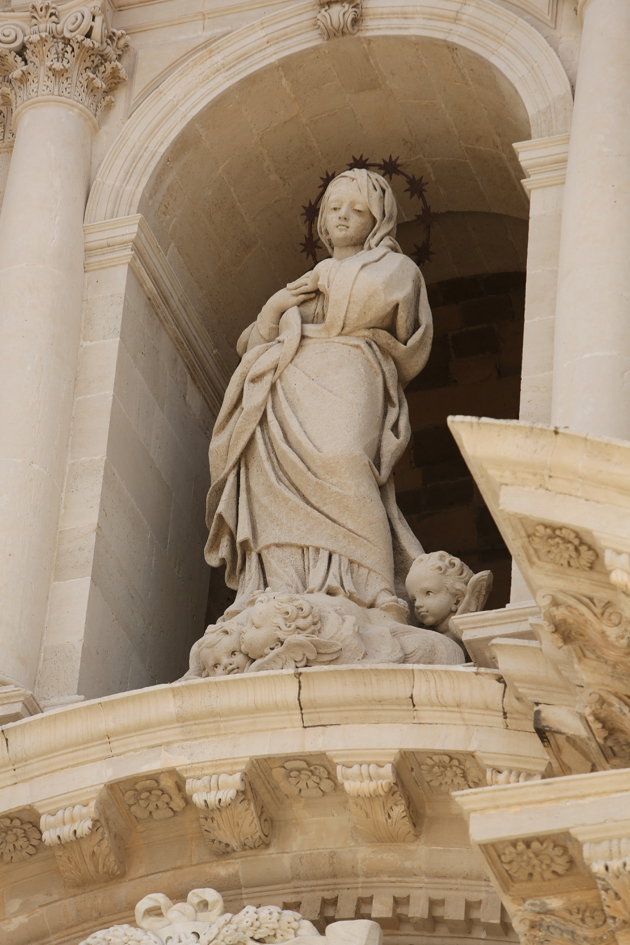
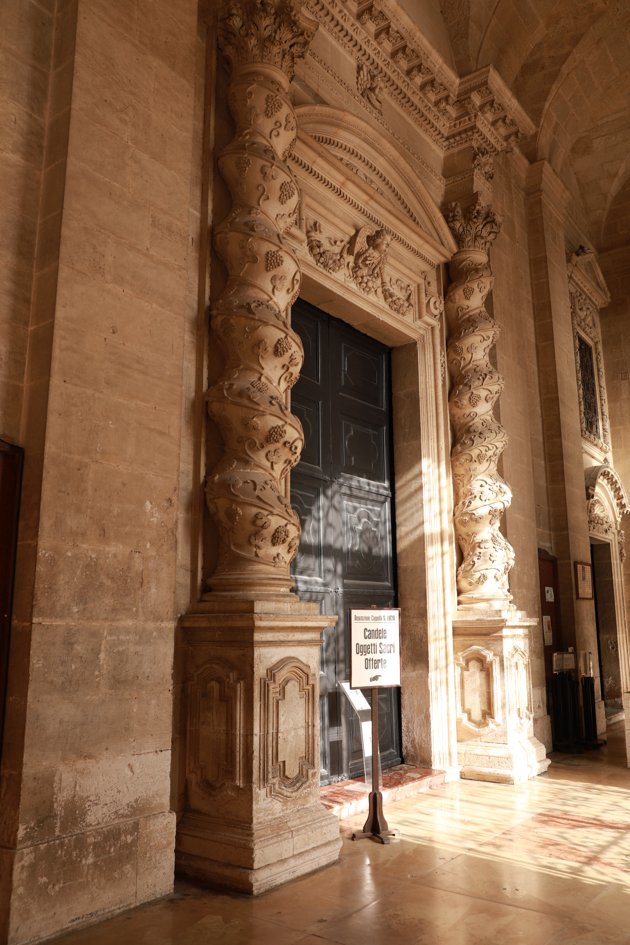
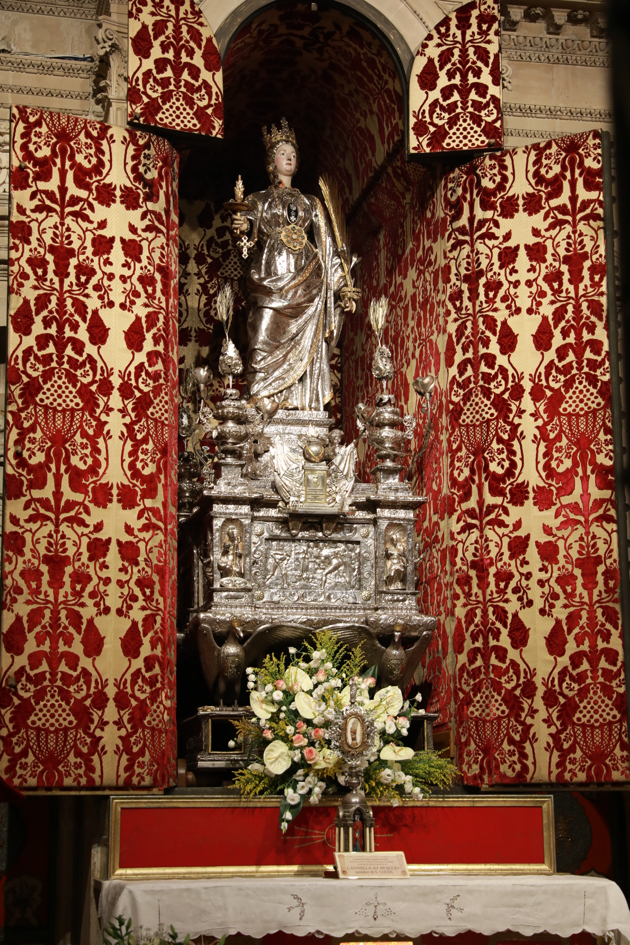
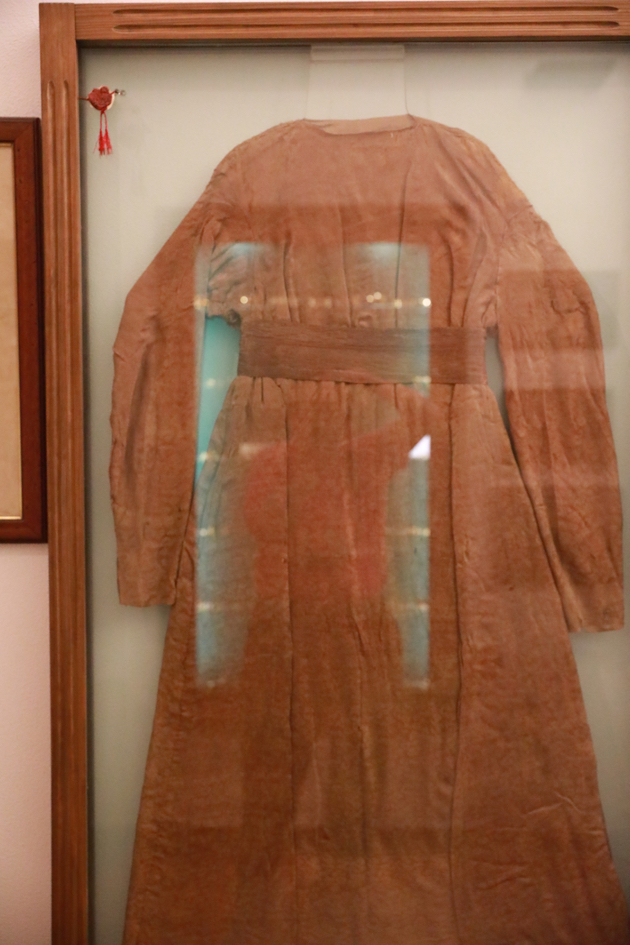
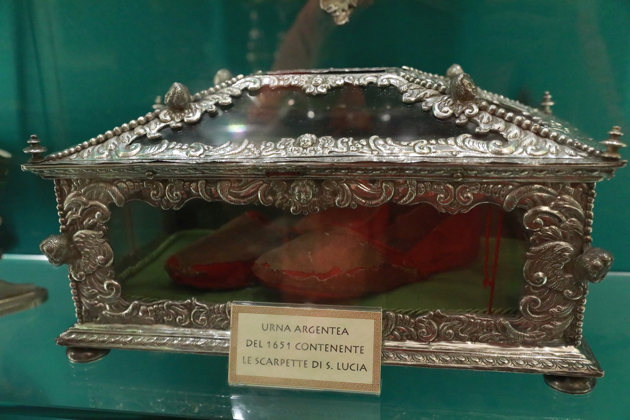
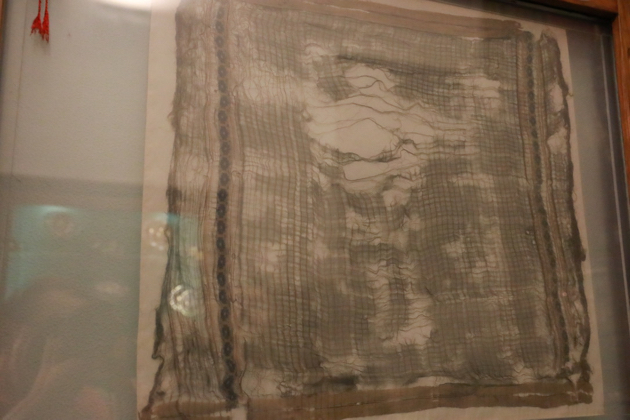
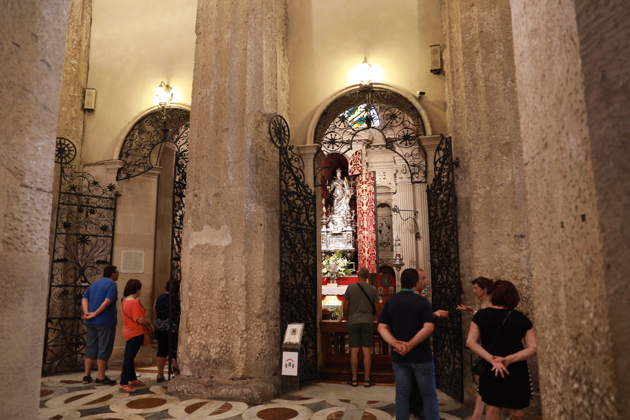
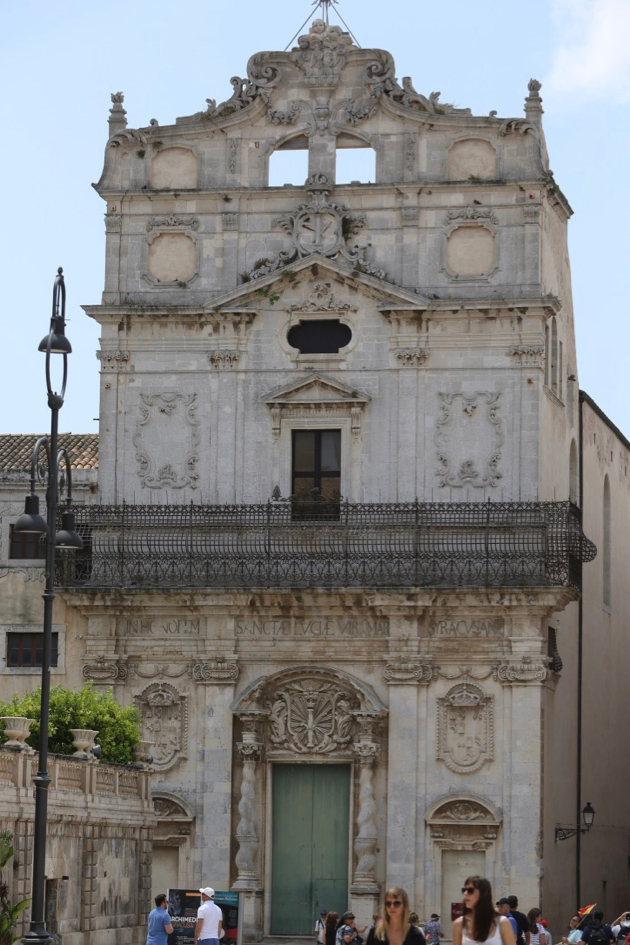
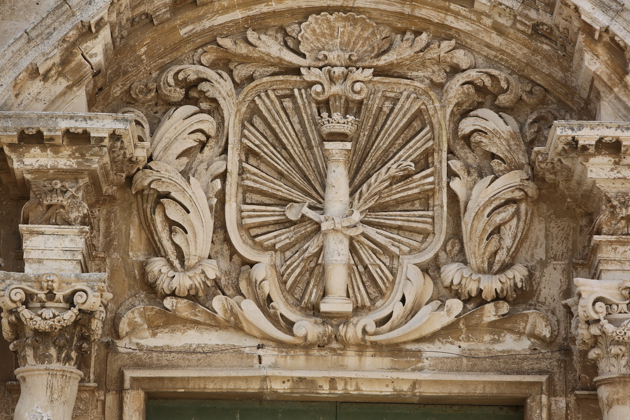
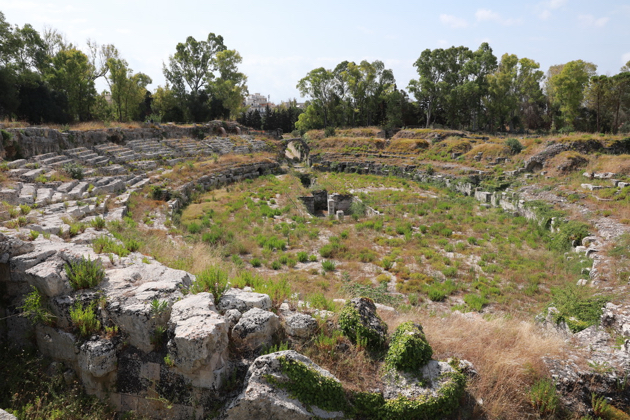
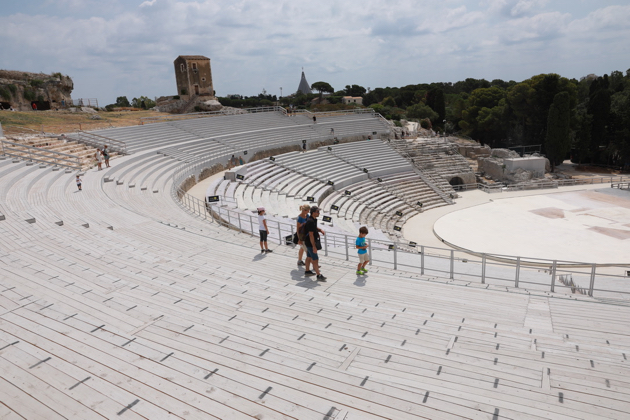
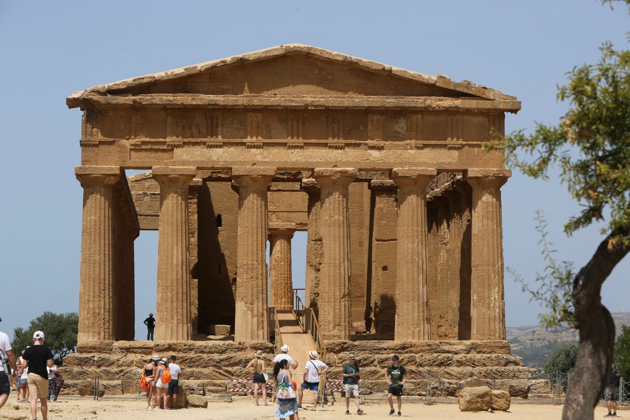
Another example in Sicily of a Greek temple that had been converted to a church is the so-called Temple of Concord in Agrigento. Built around 430 BC, the temple was converted into a church in the 6th century, dedicated to Sts. Peter and Paul. Like the cathedral of Syracuse, walls were filled in between the columns, and arches were cut into the cella (see below). But in the 18th century, this building was deconsecrated and returned to its original form as a Greek temple. The fact that this building had been a church explains its excellent preservation. It is one of the best preserved of all Greek temples.
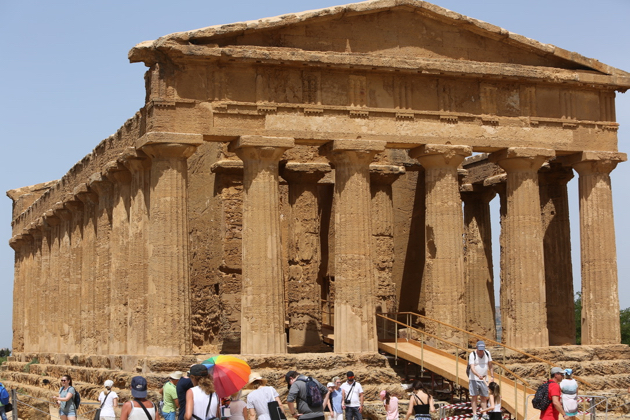
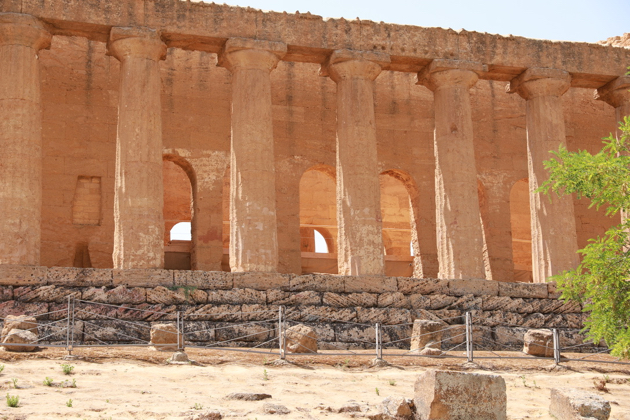
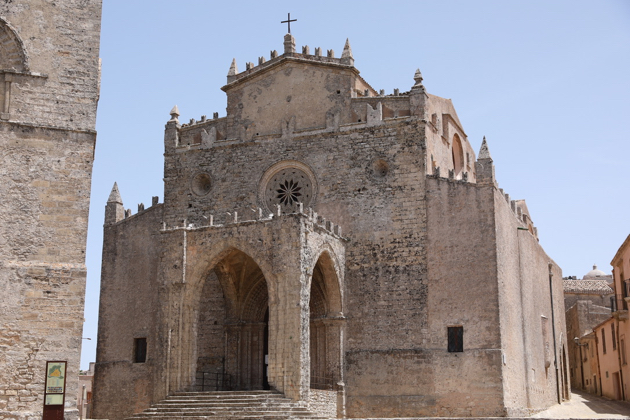
In many other places in Sicily, pagan temples were torn down and replaced with churches. In the town of Erice (the classical Eryx) is a Norman church dedicated to the Assumption of Our Lady. On the site of this church had been an elaborate Roman temple to Venus, an important cult that can be traced back to the Phoenician worship of Astarte here.
